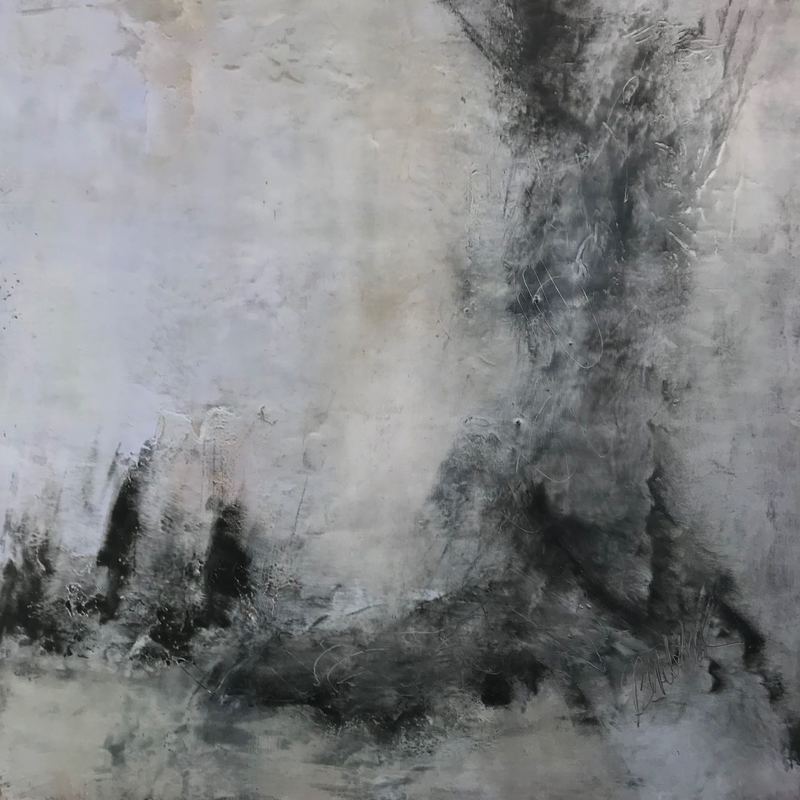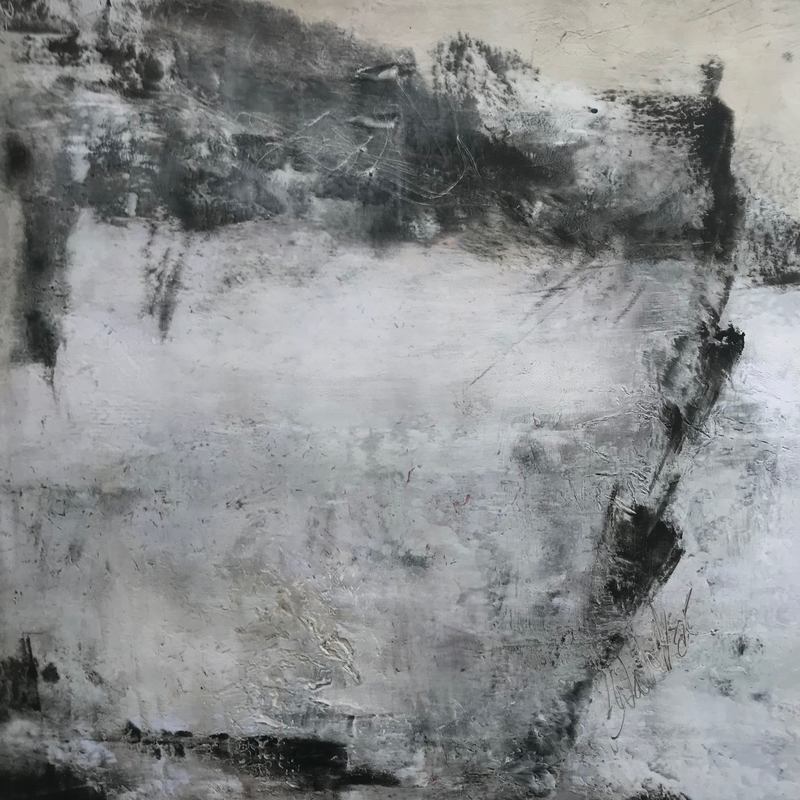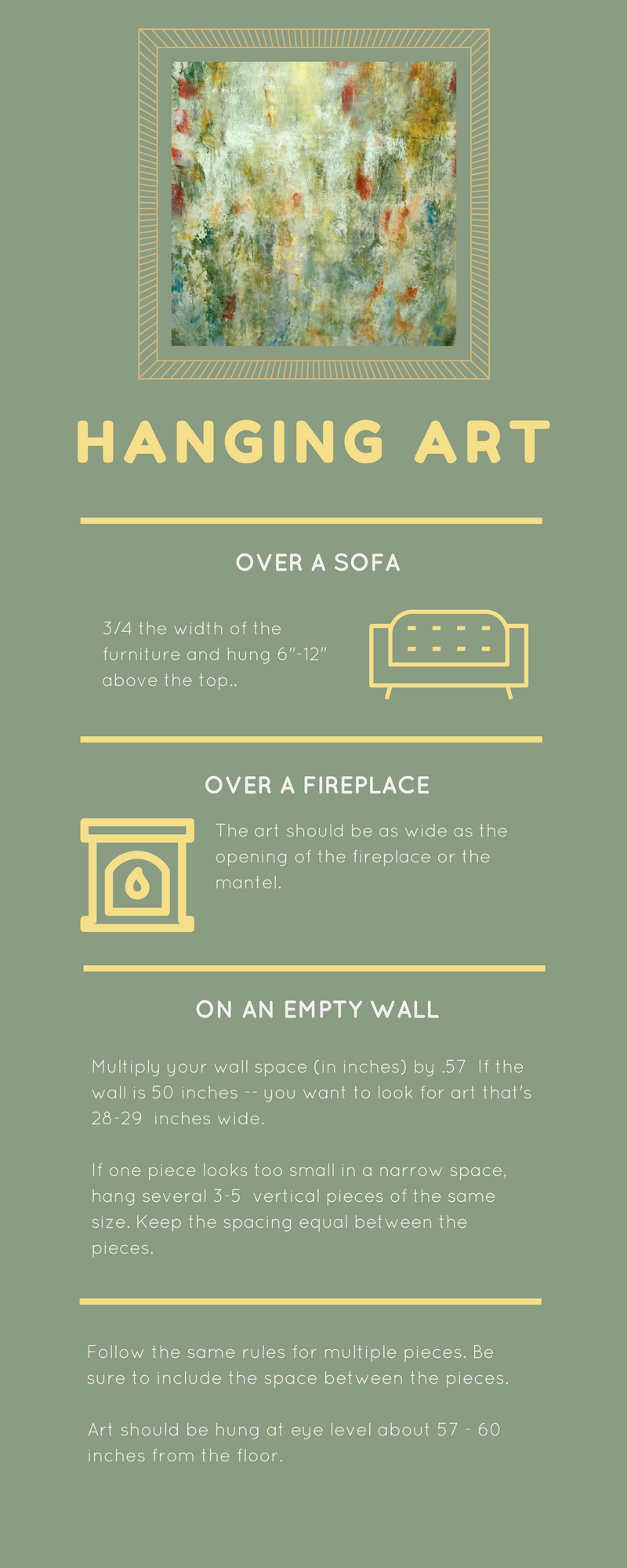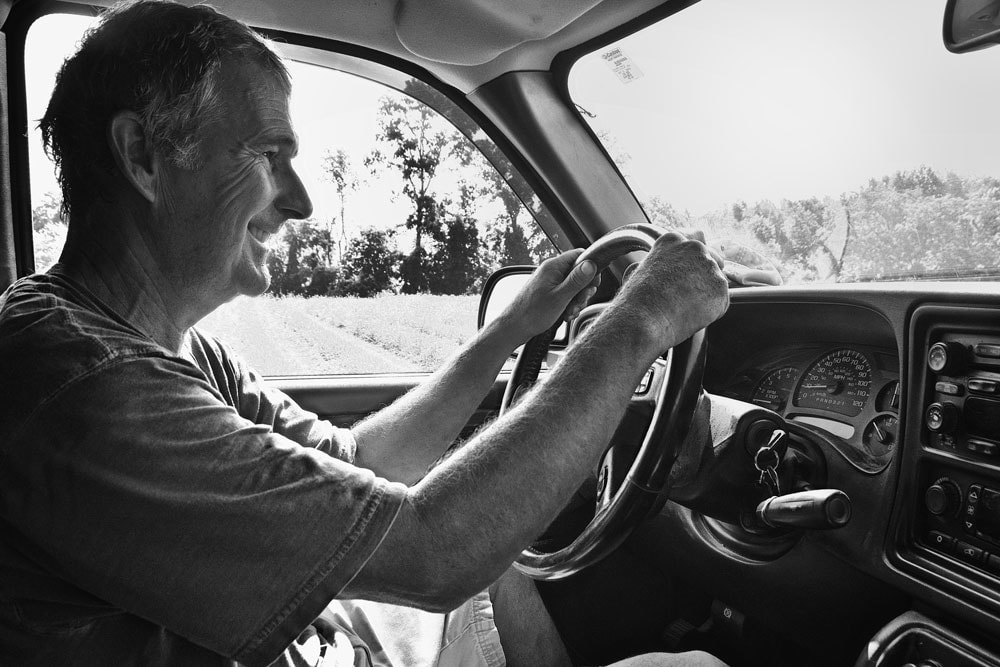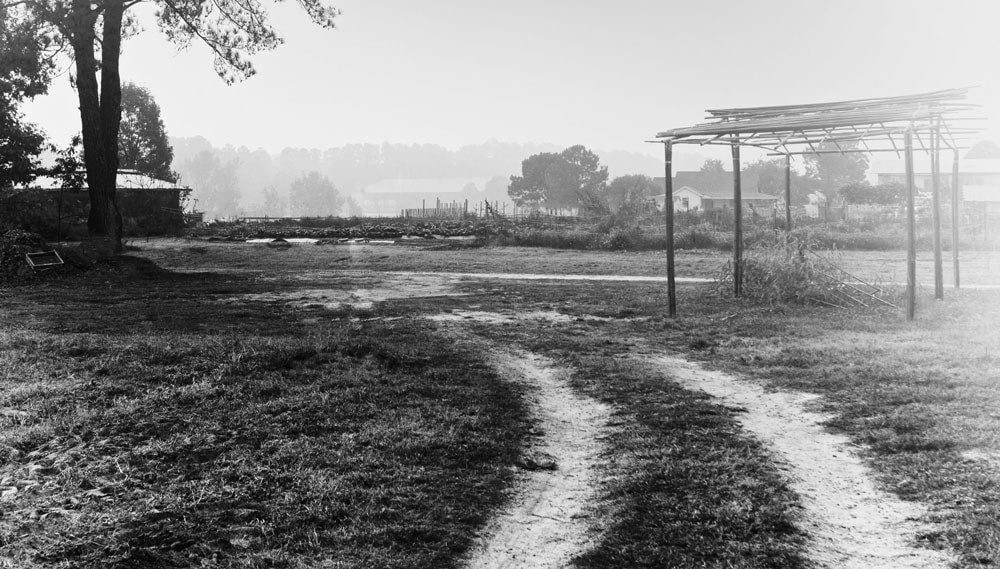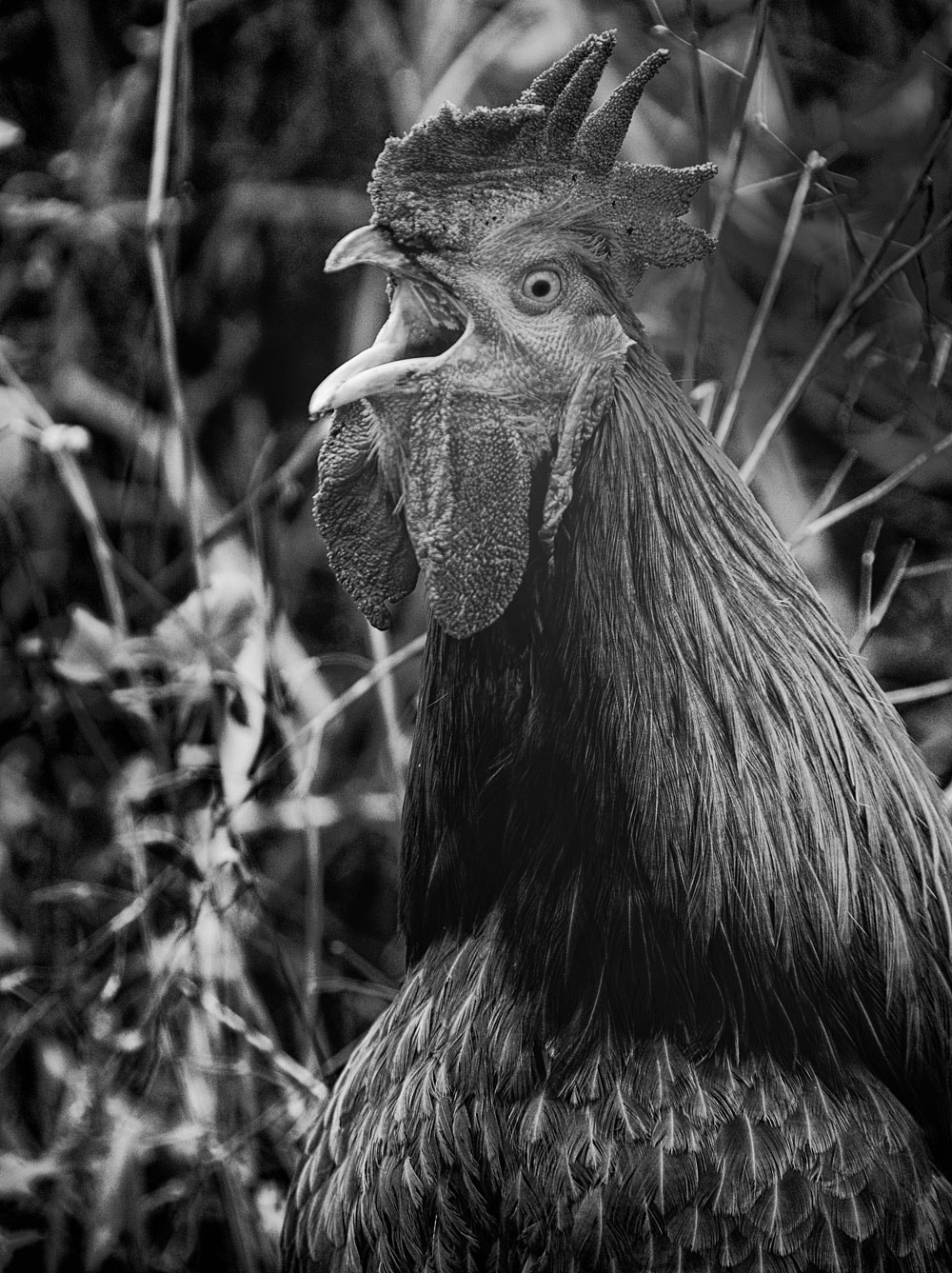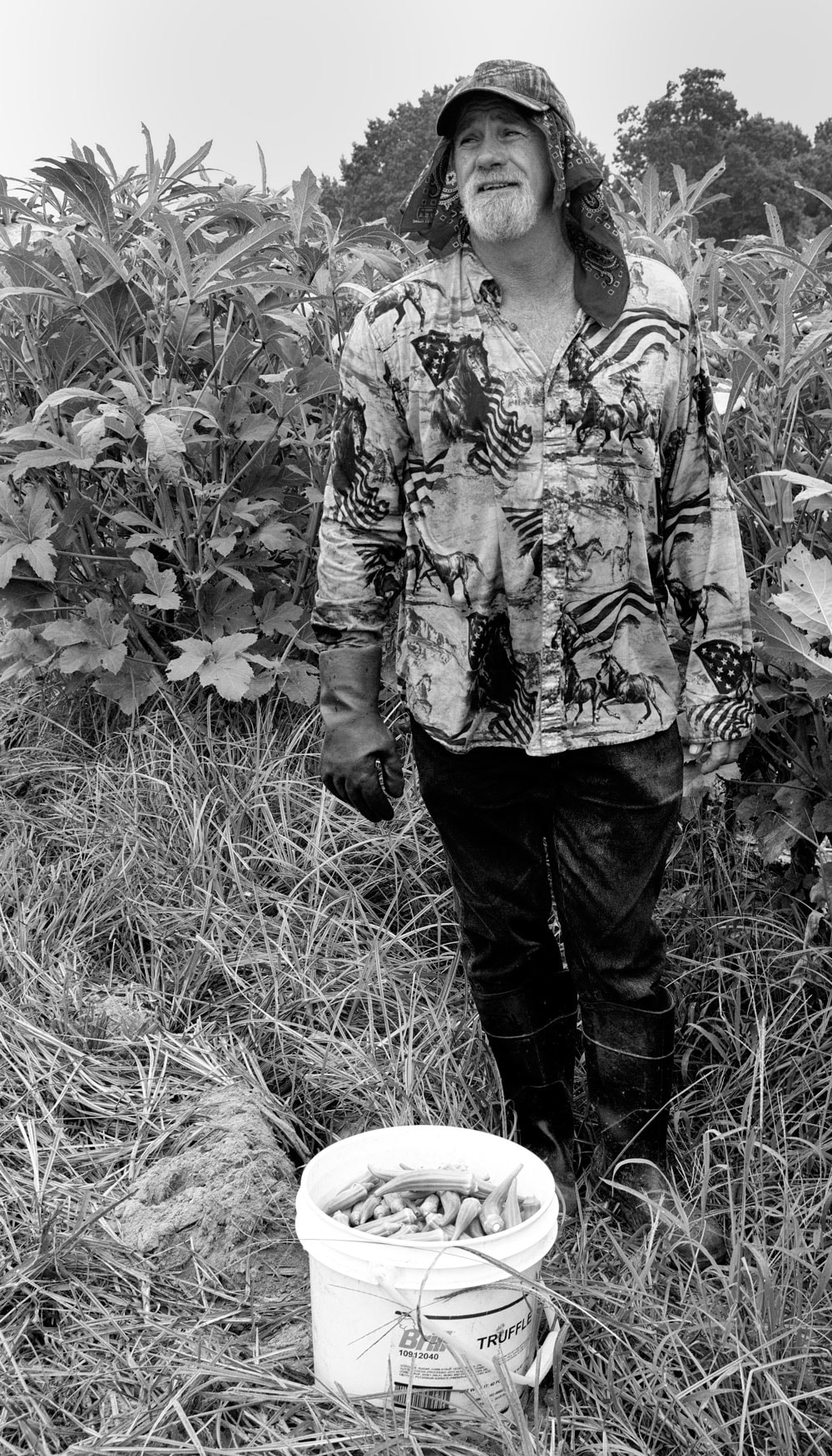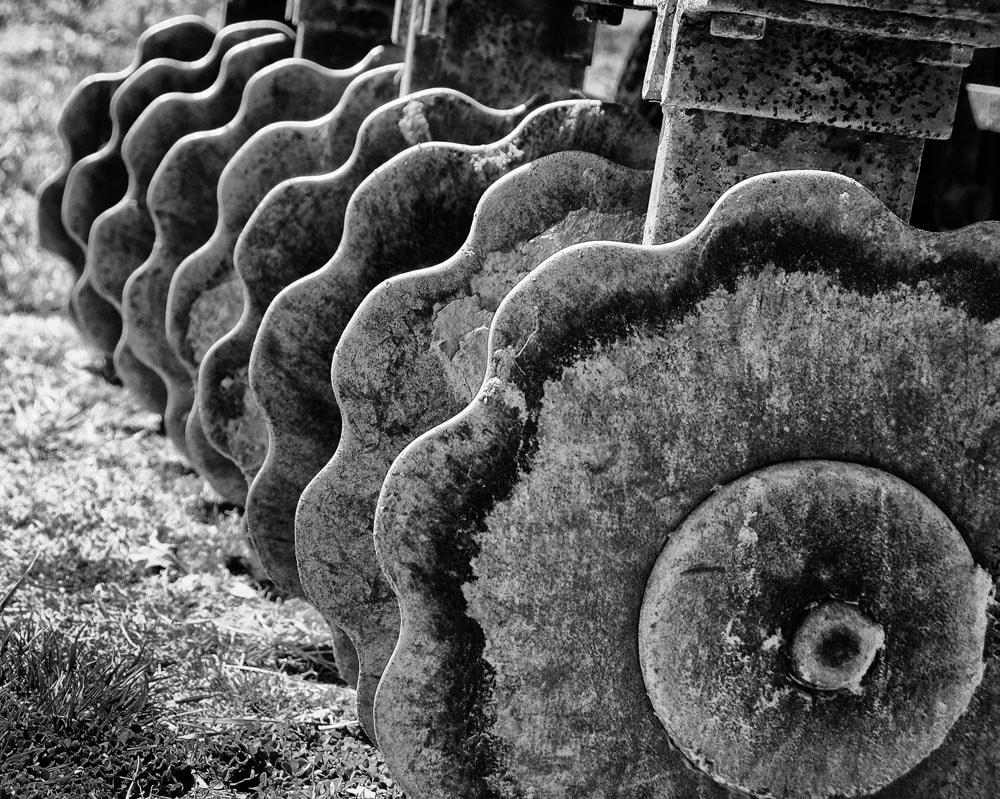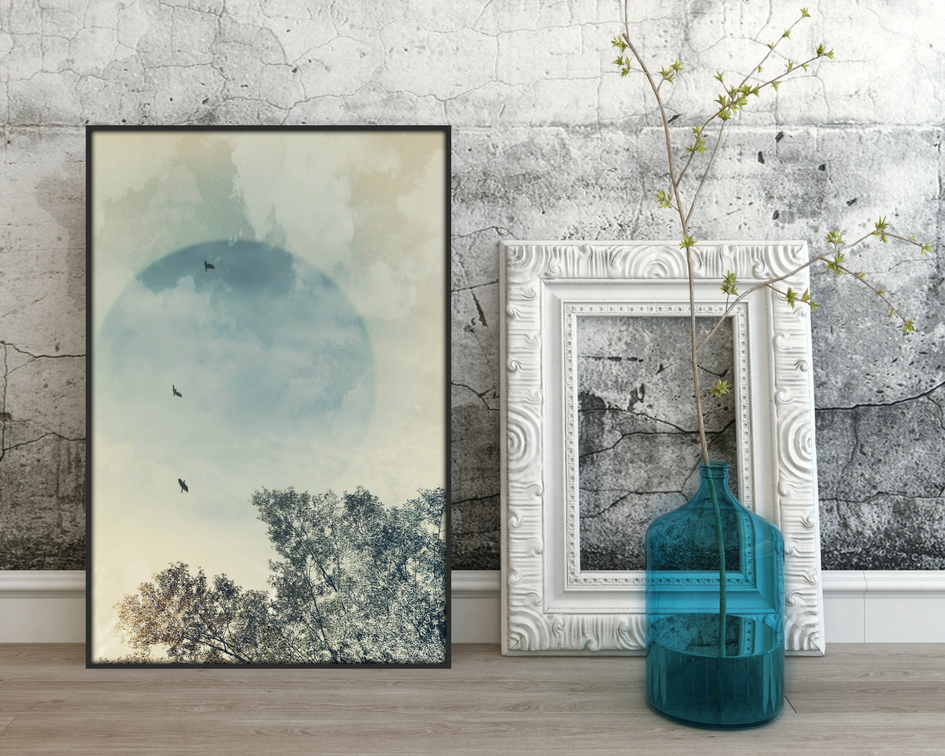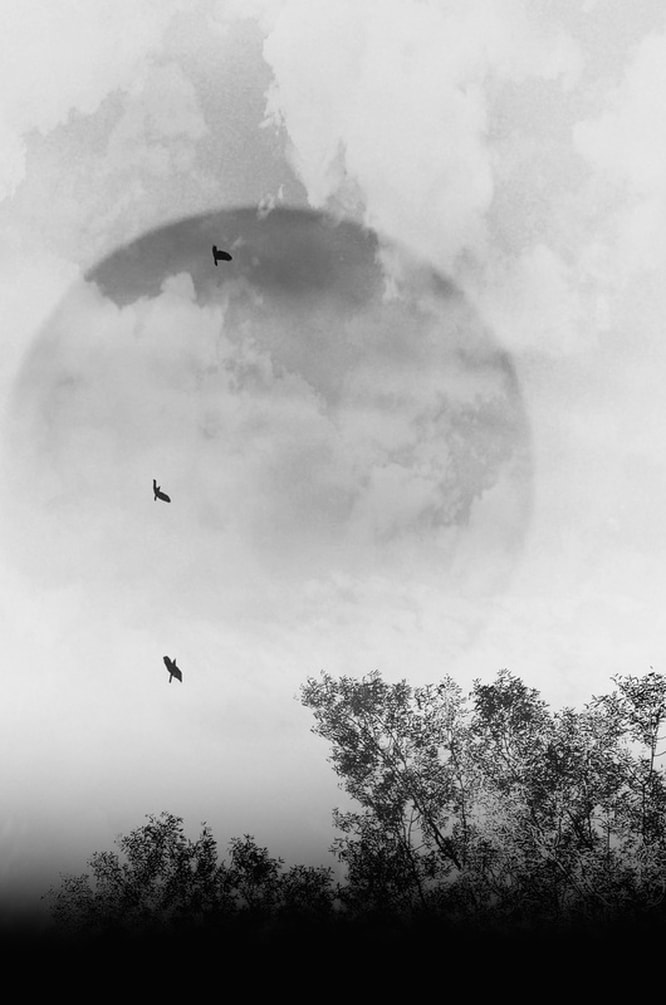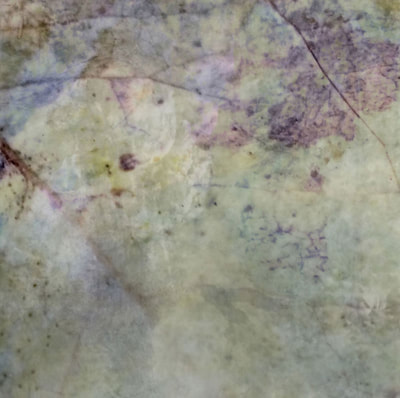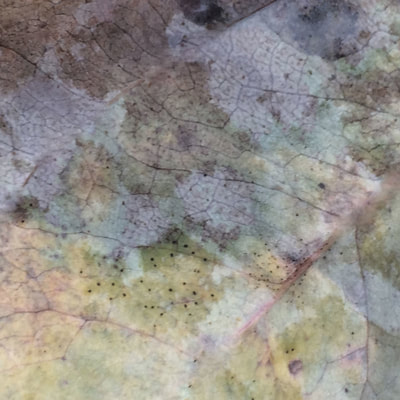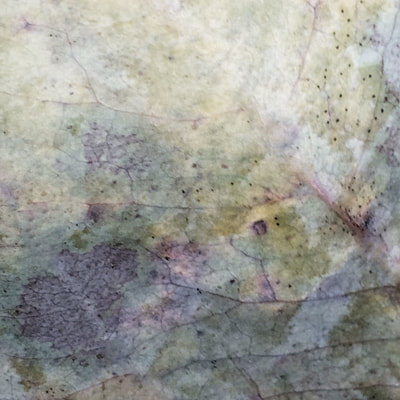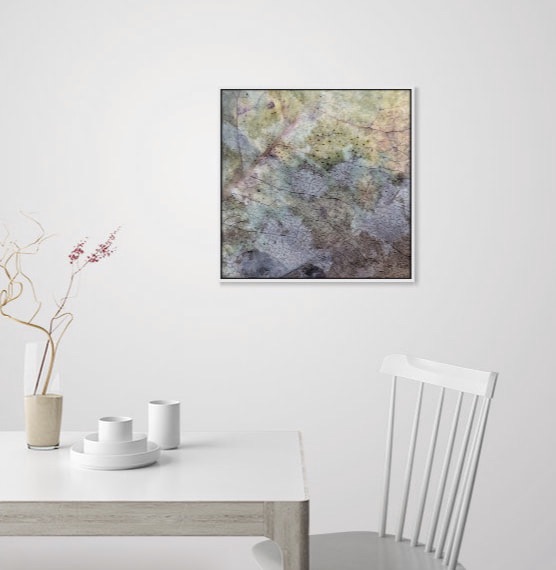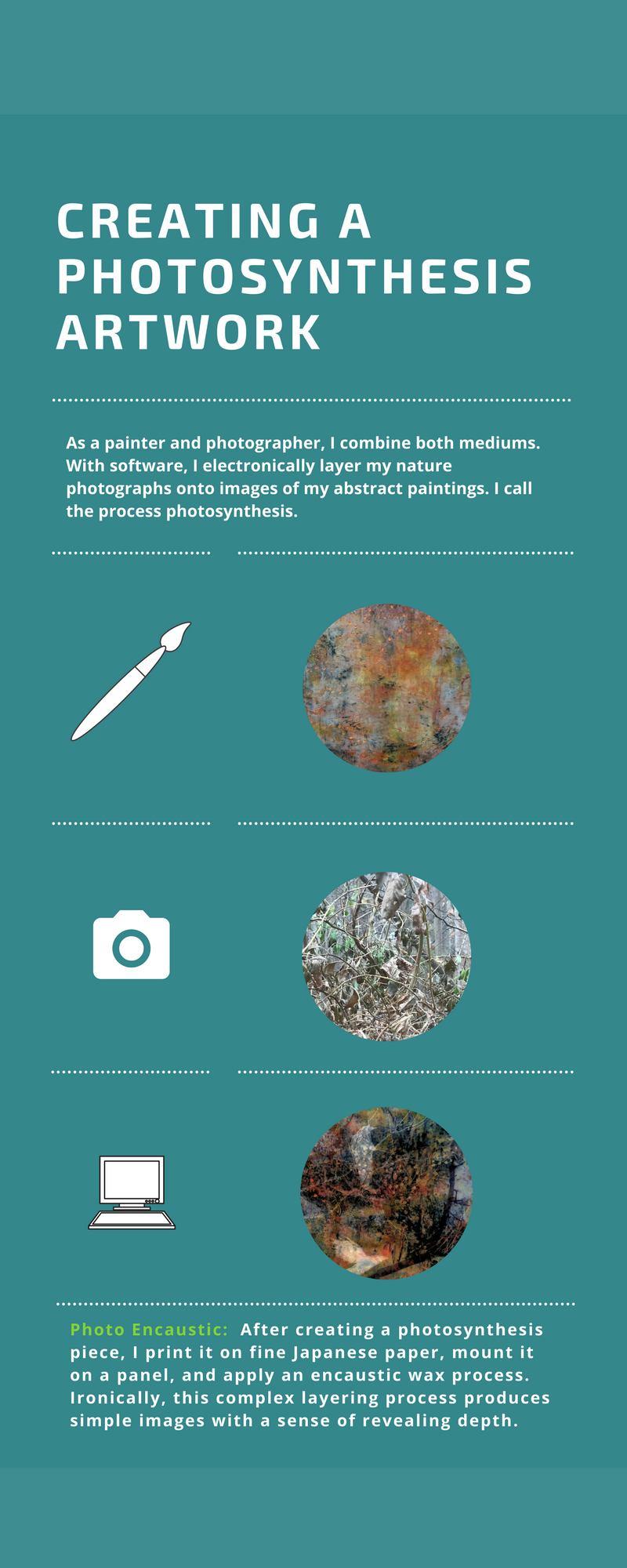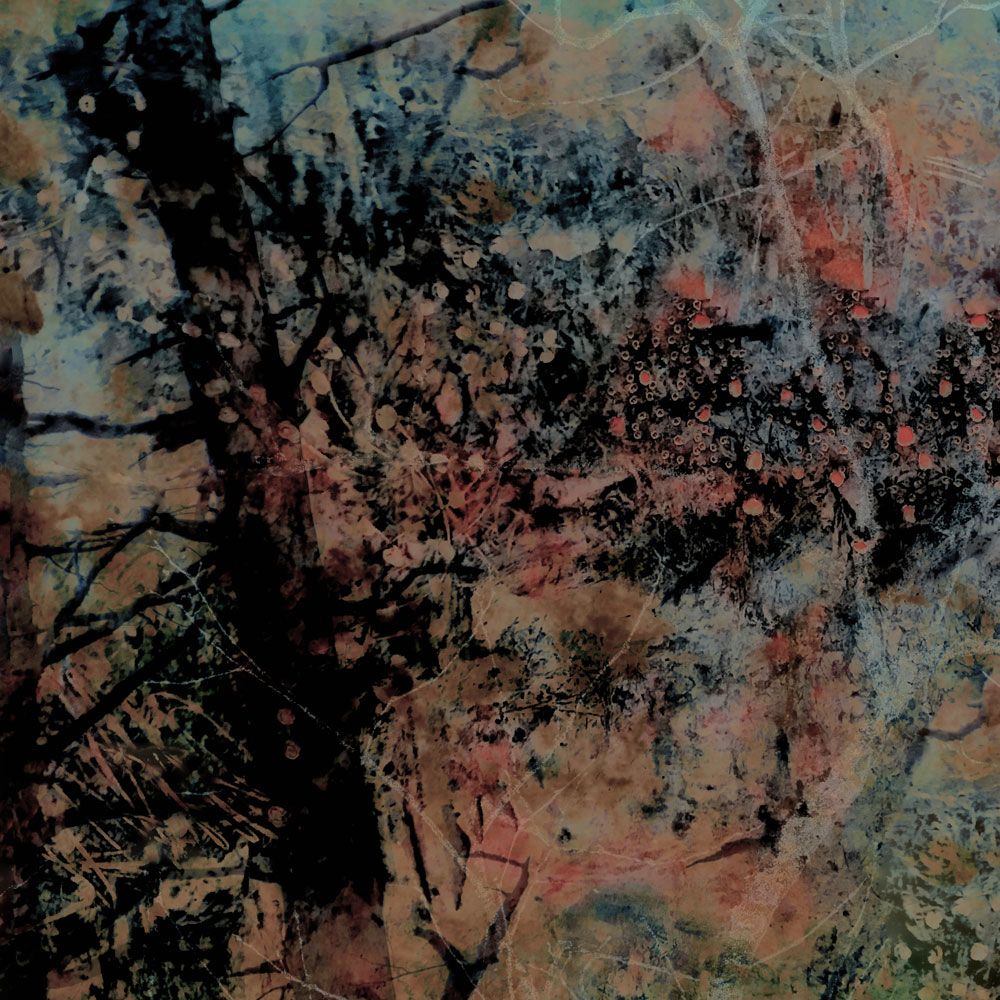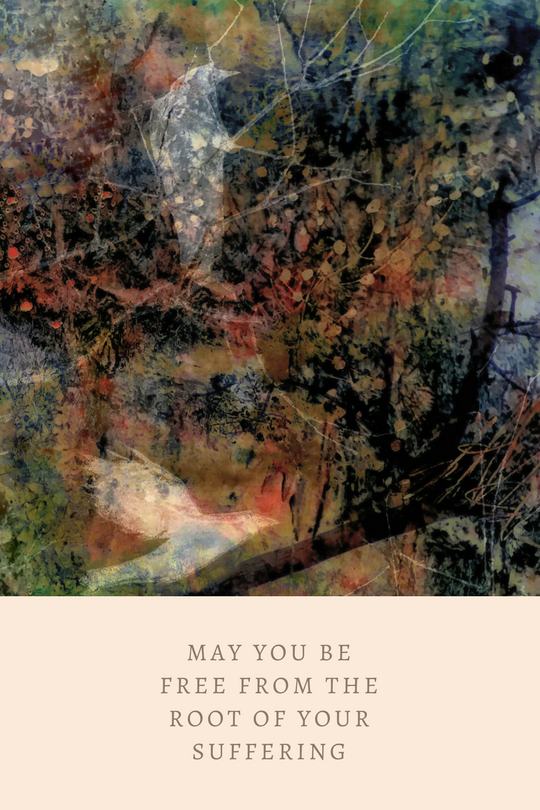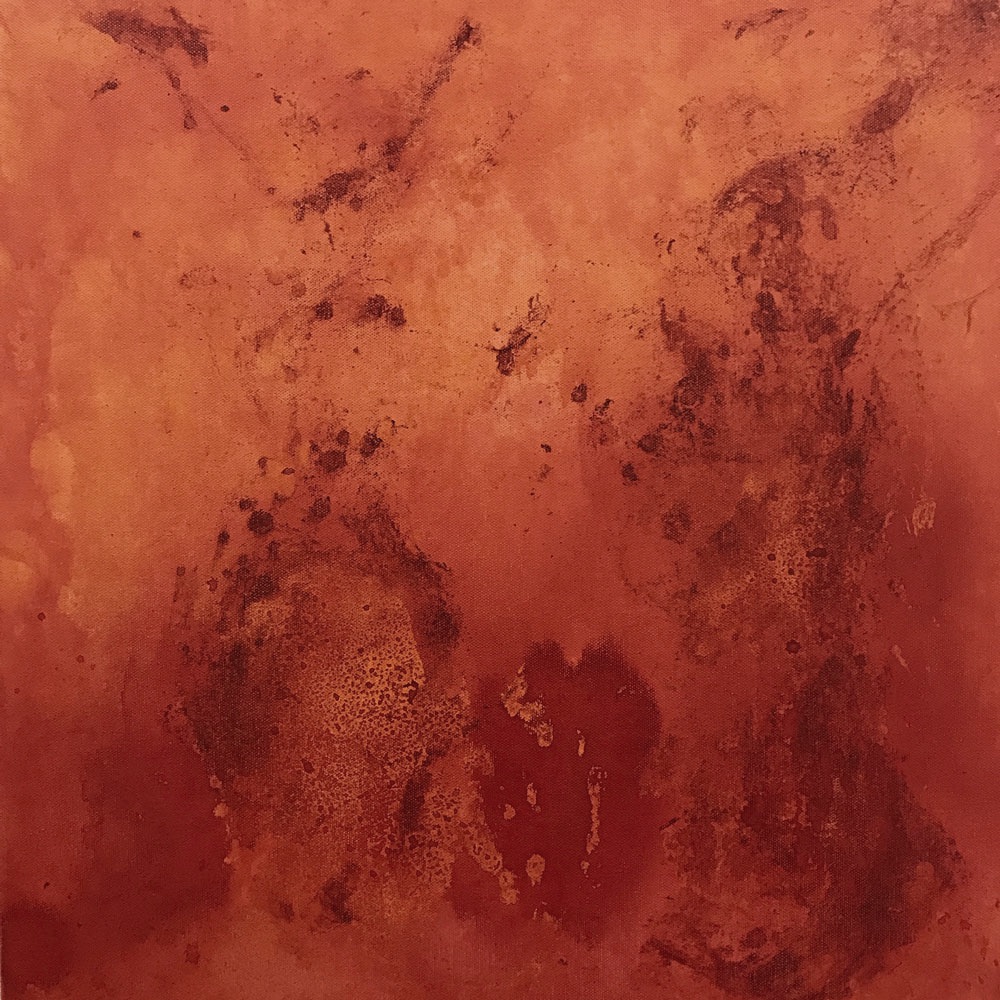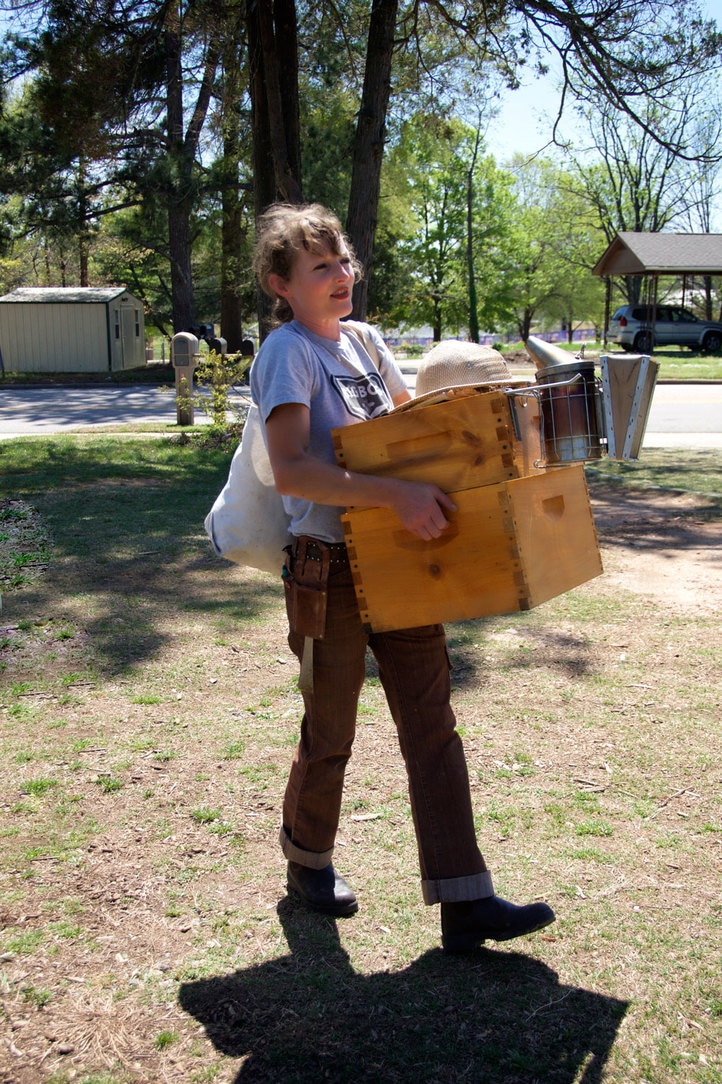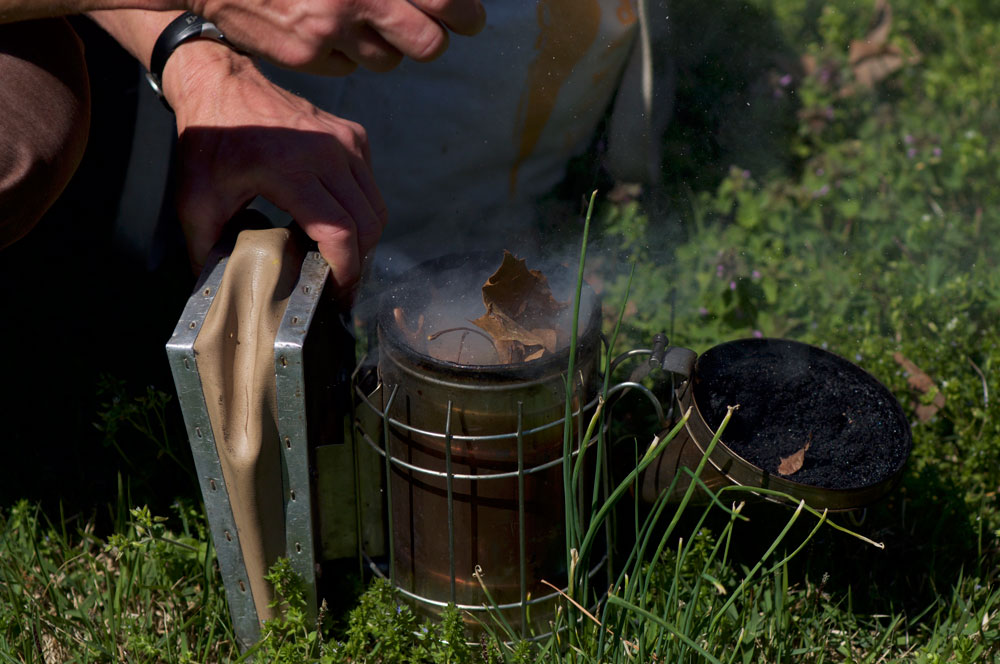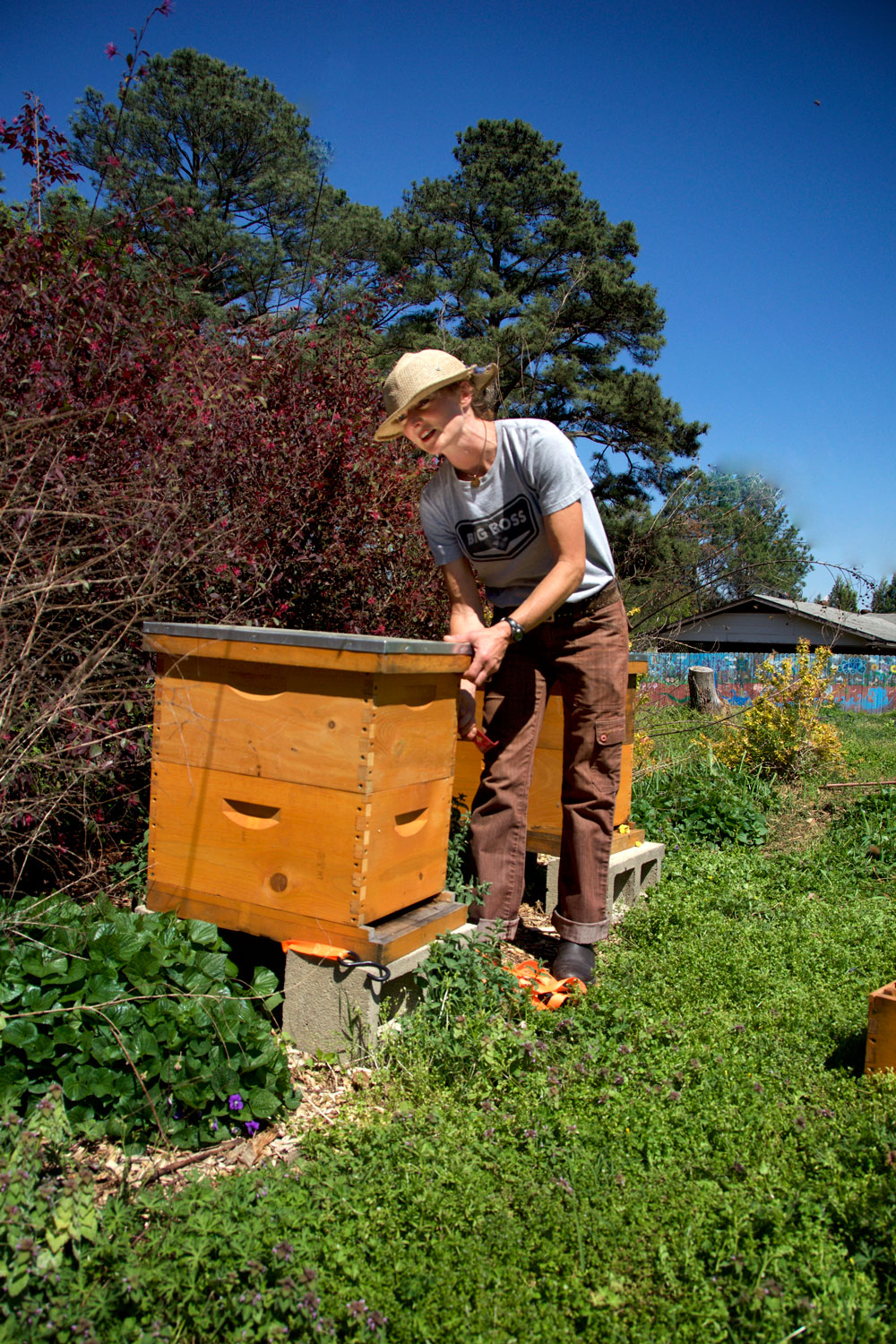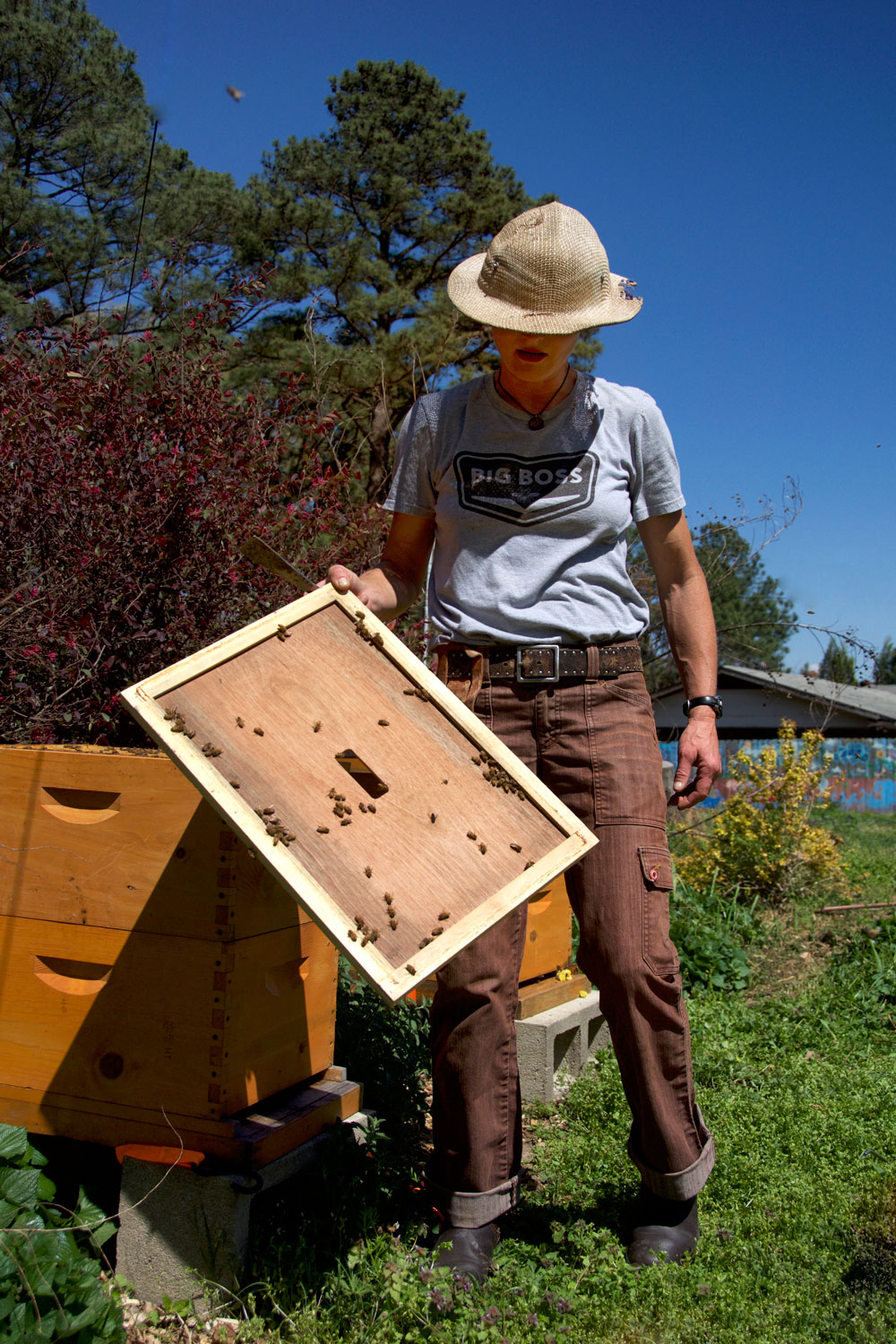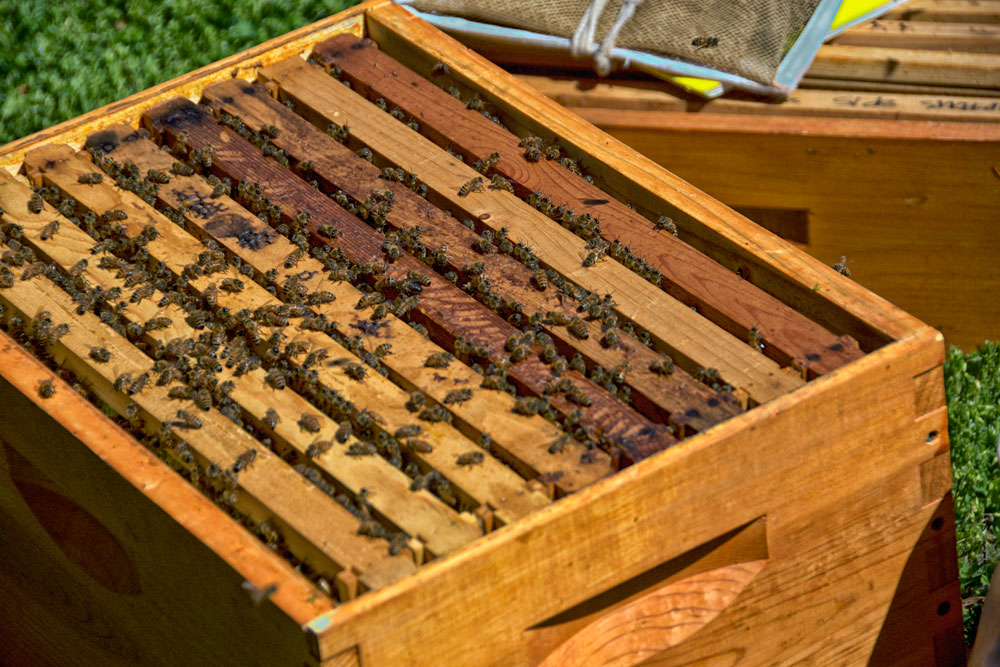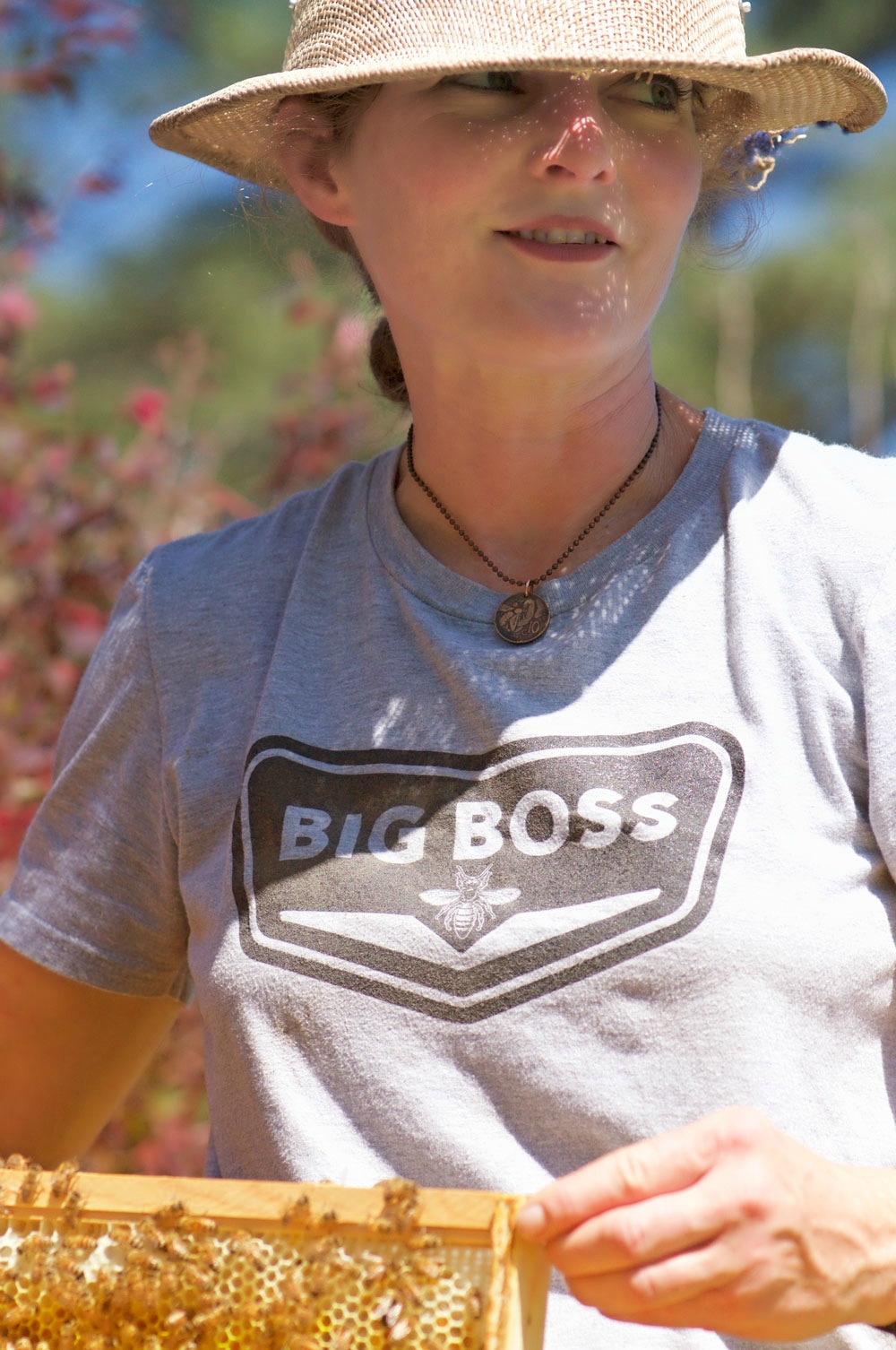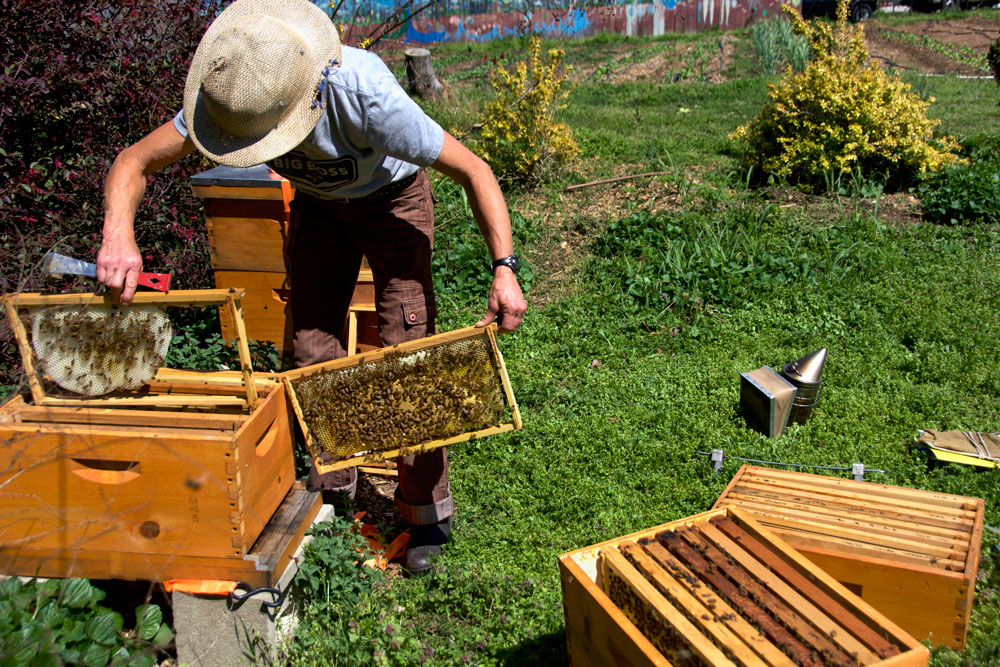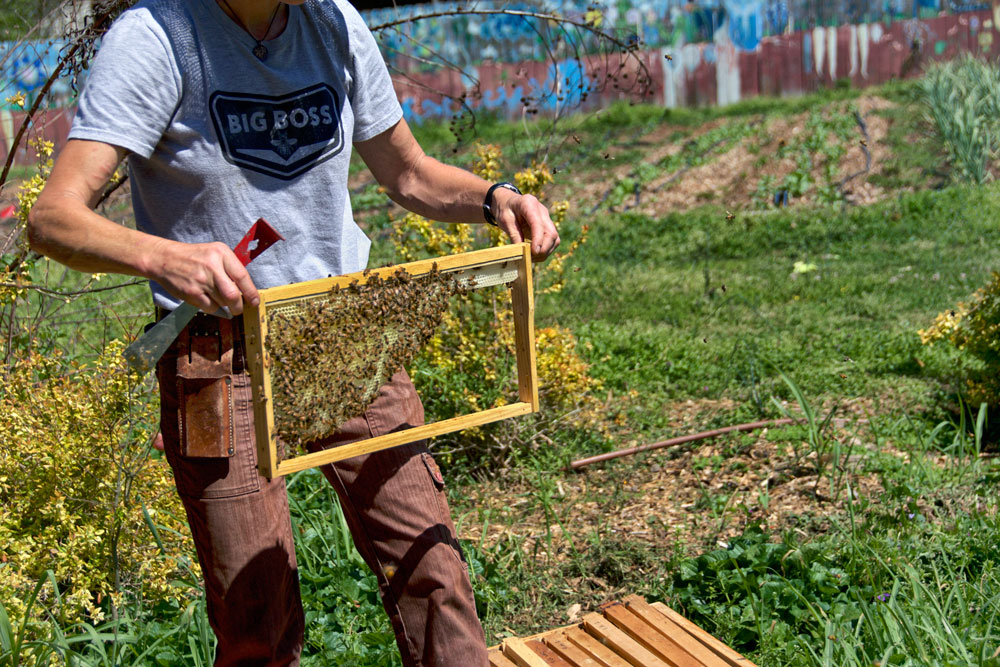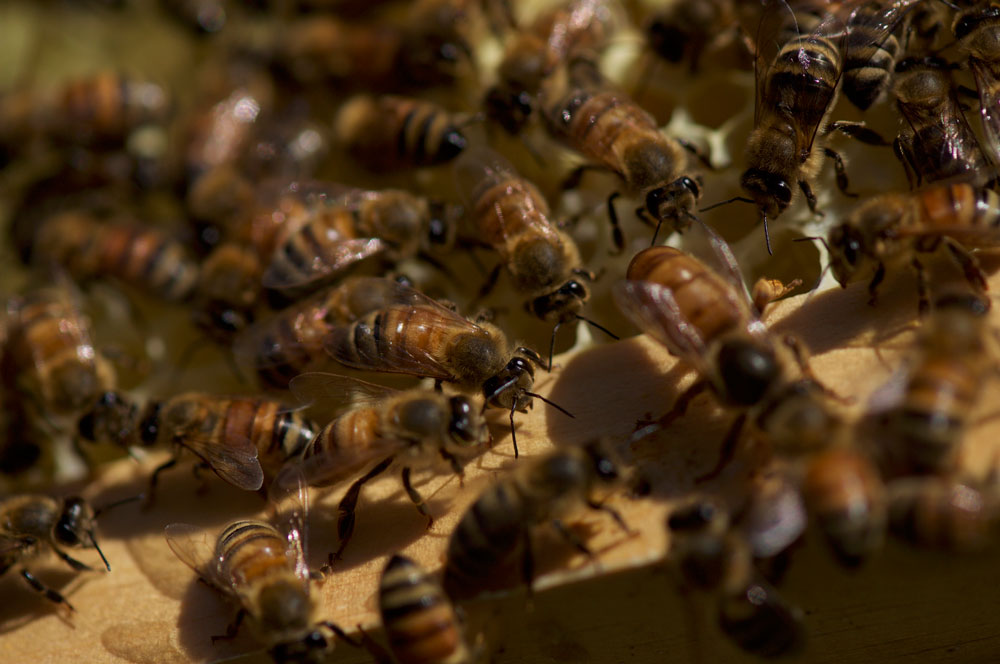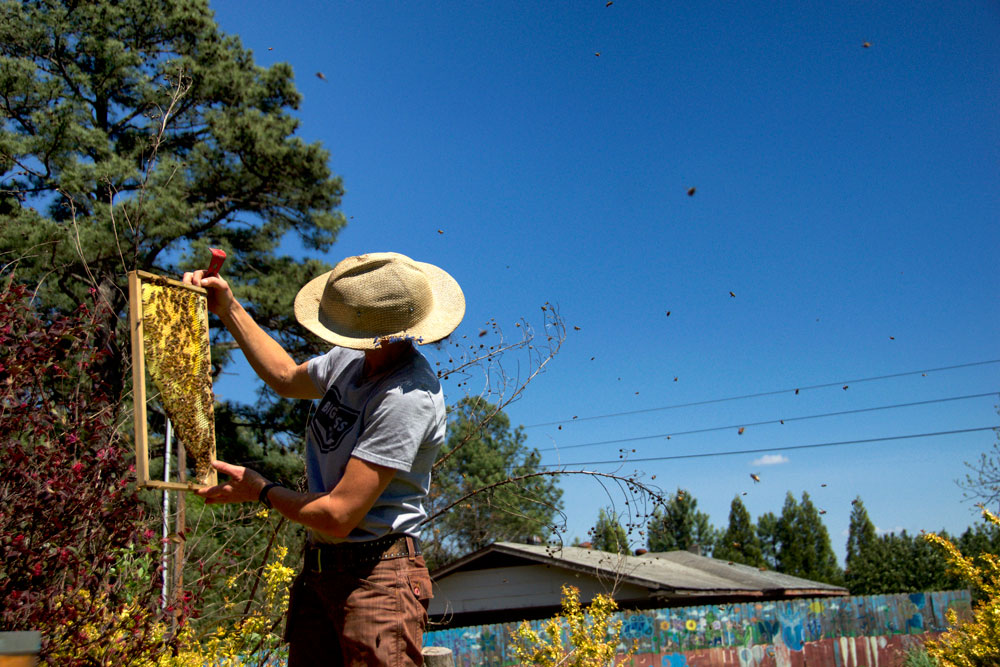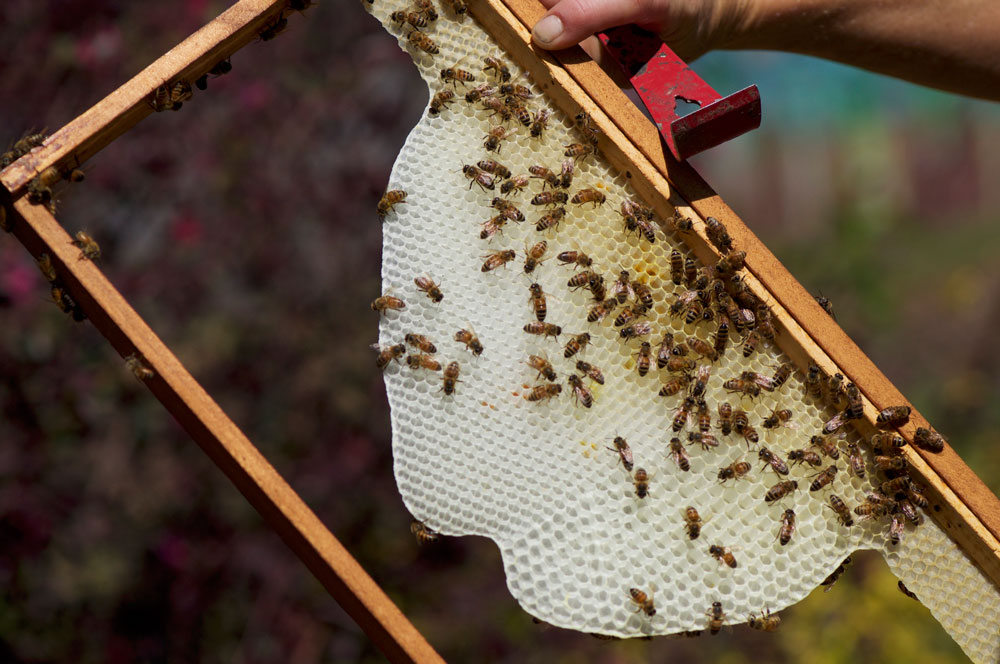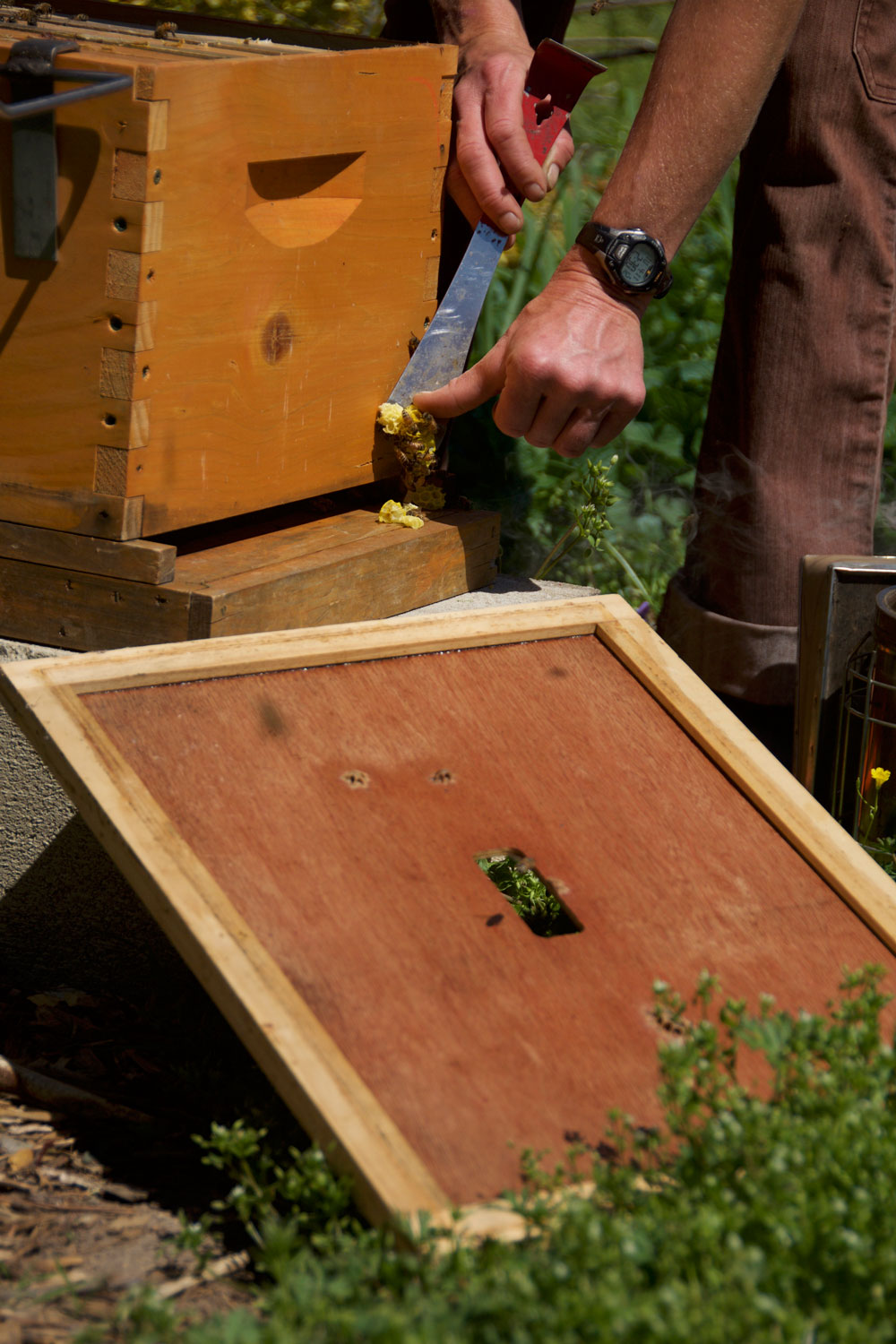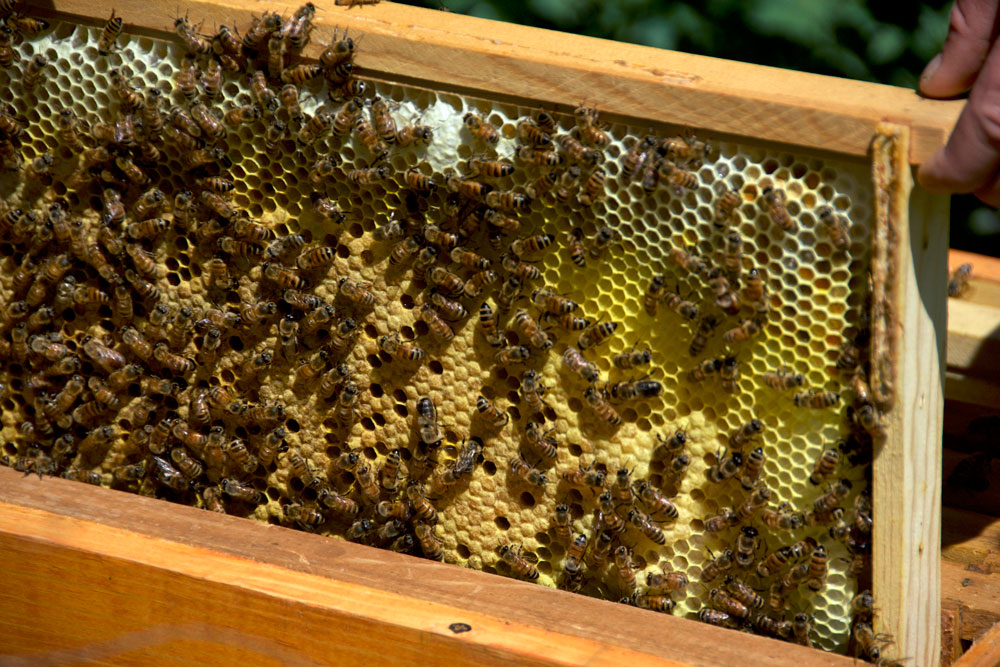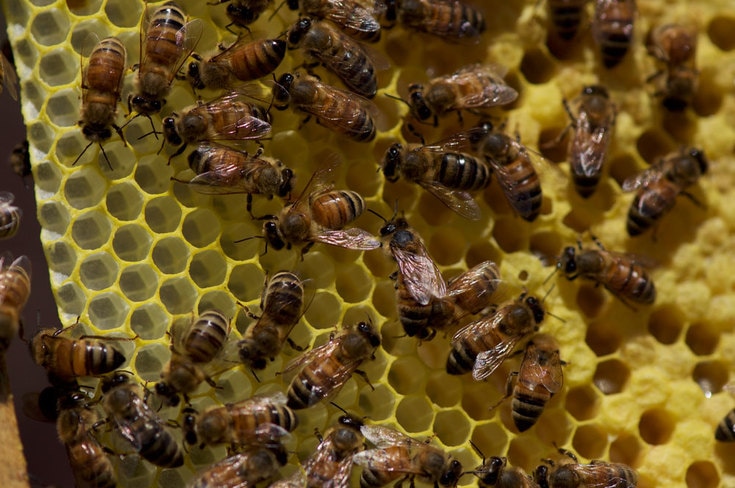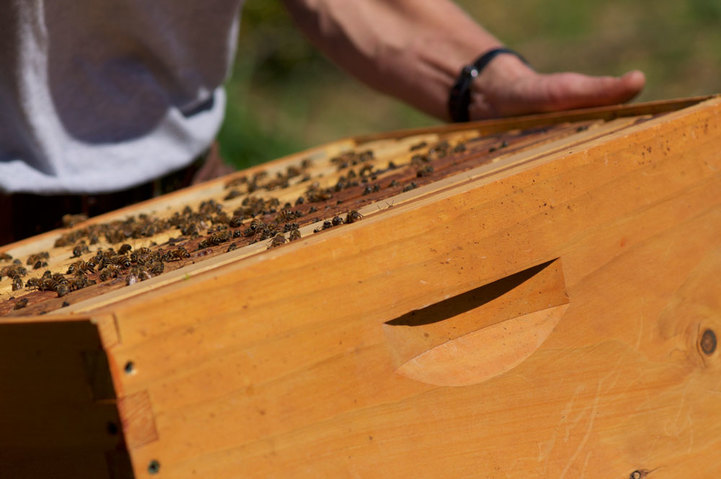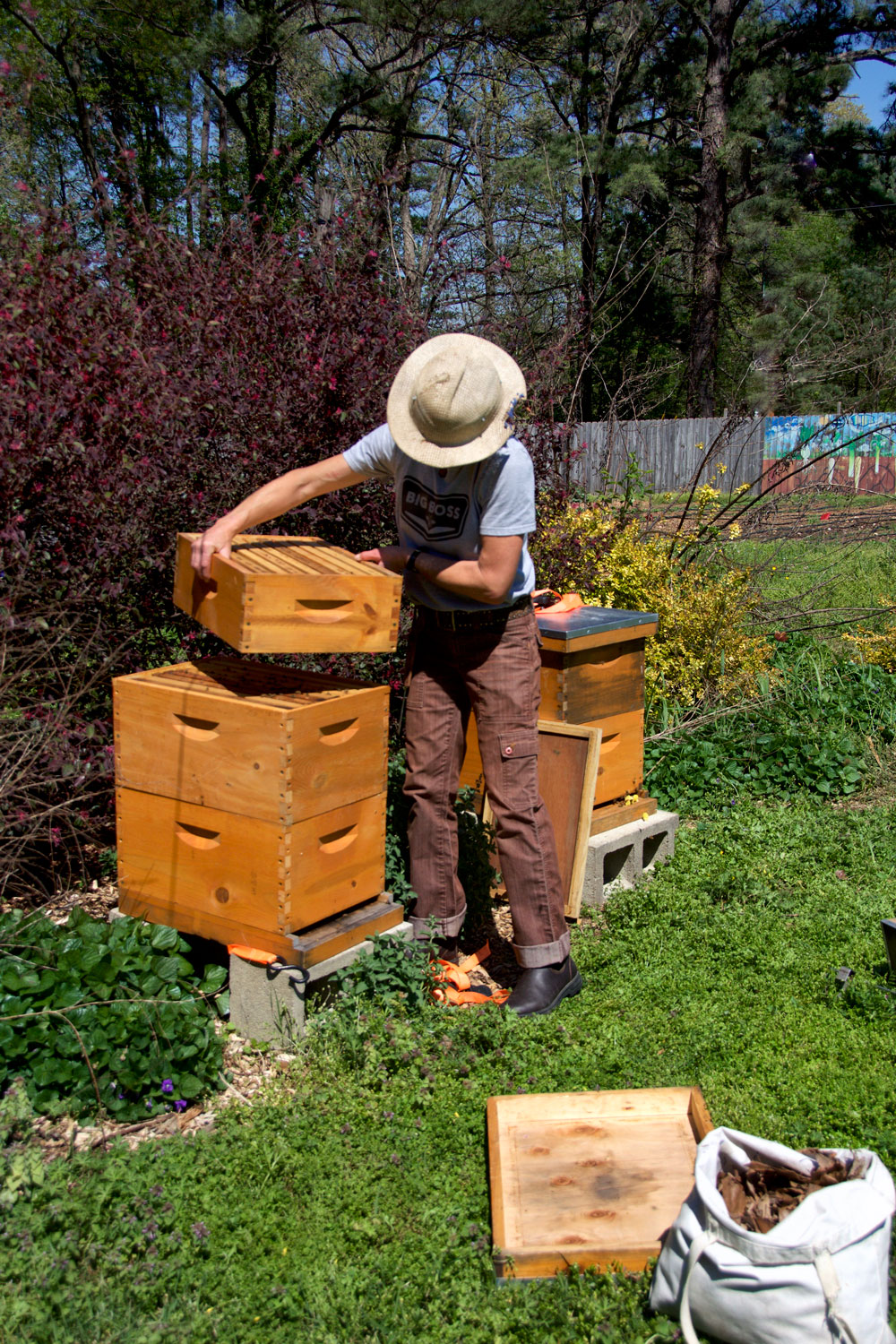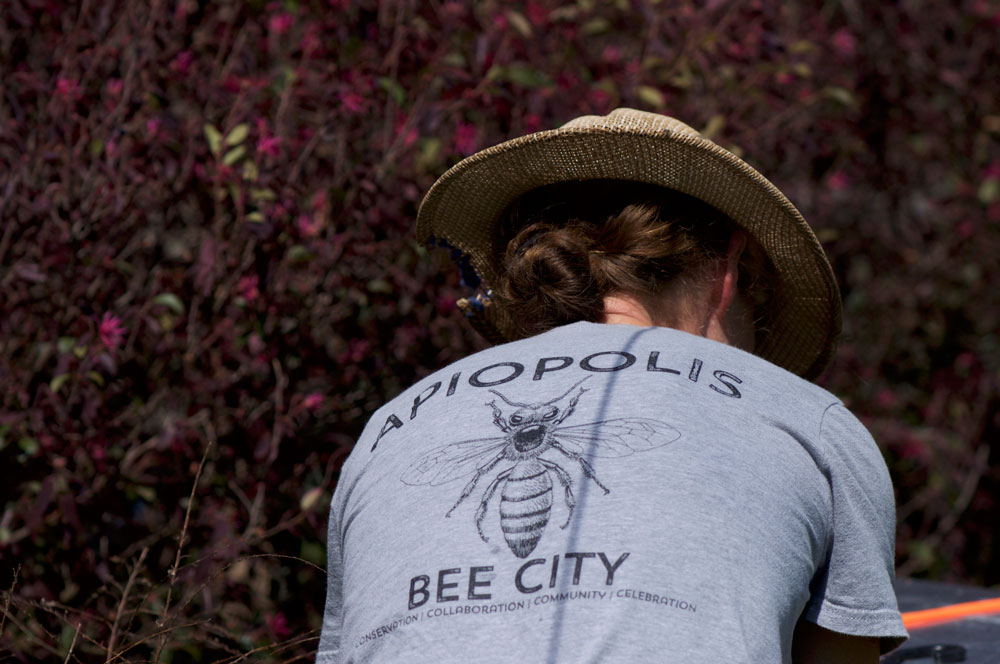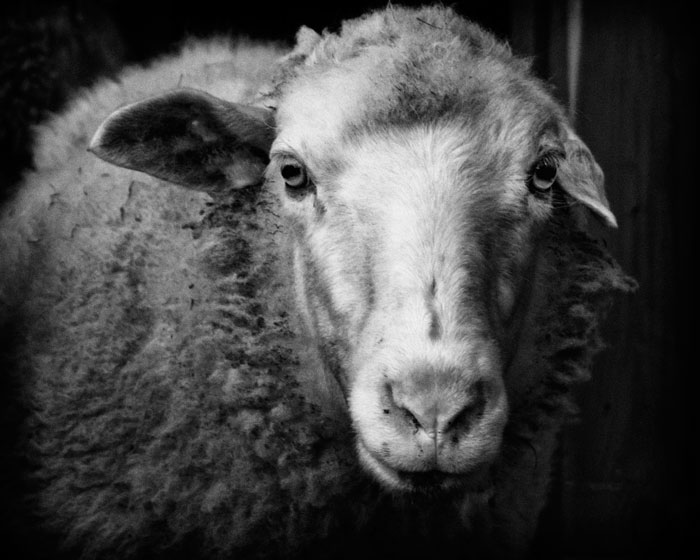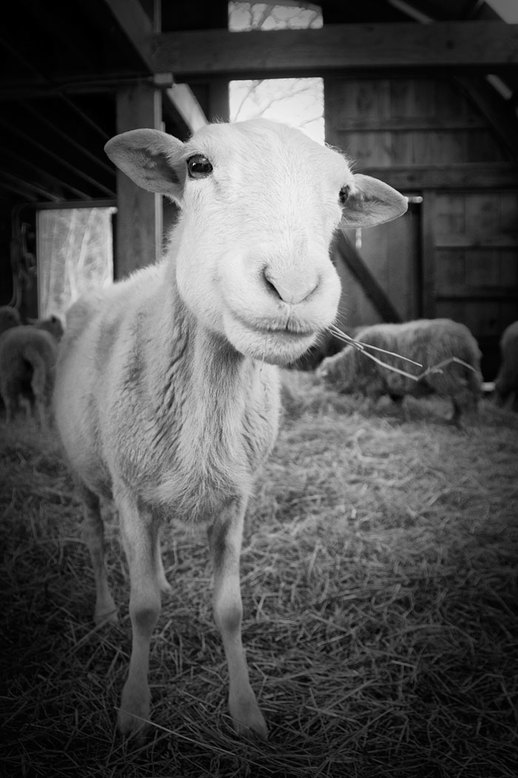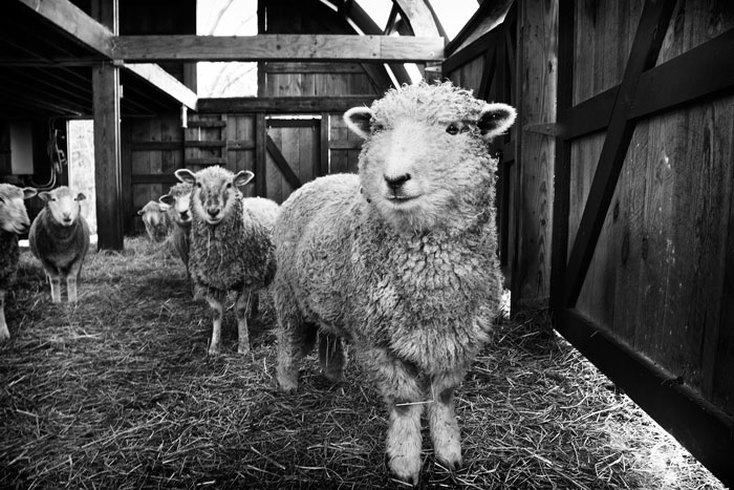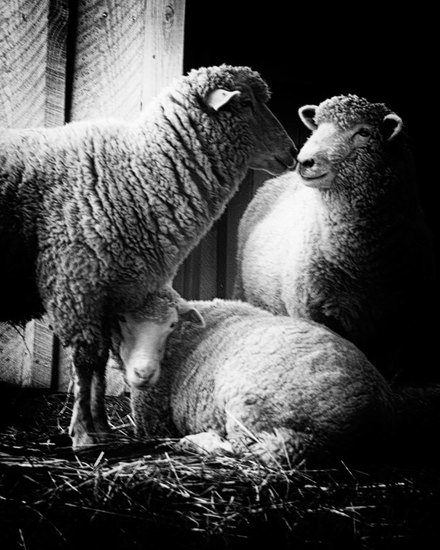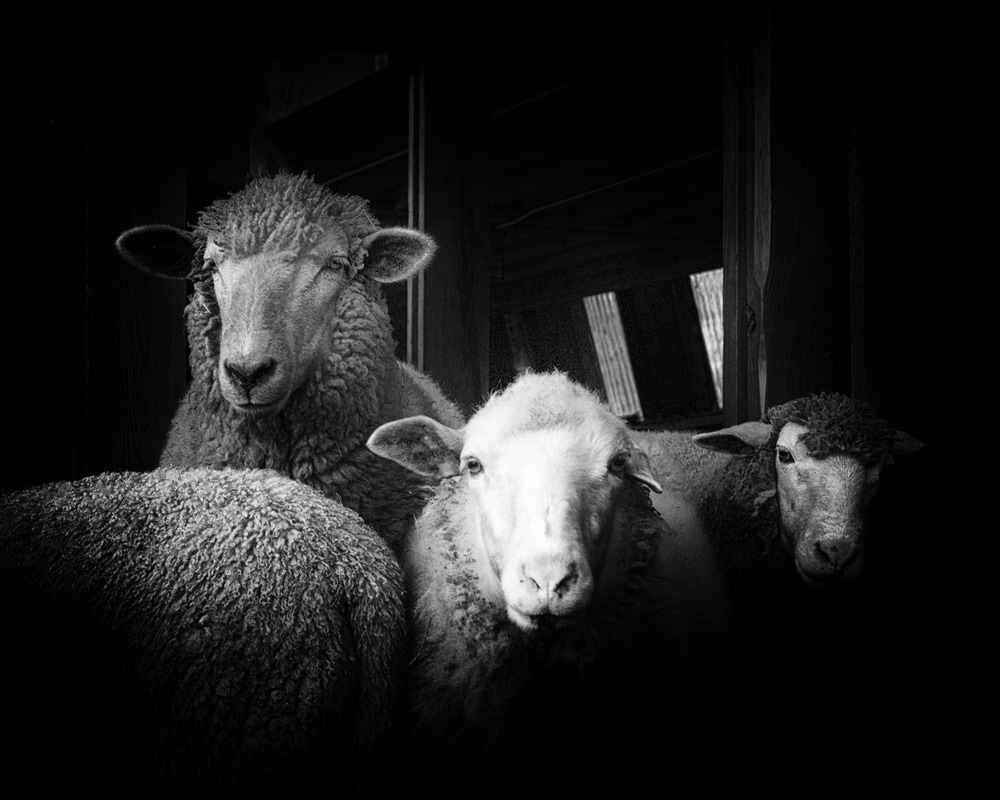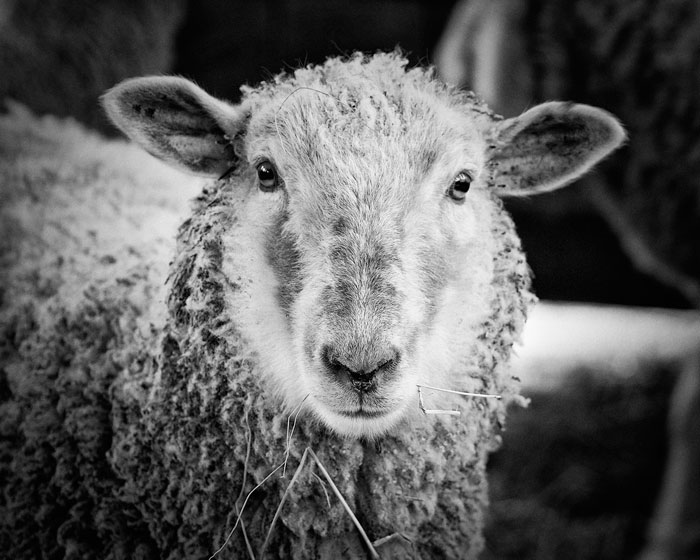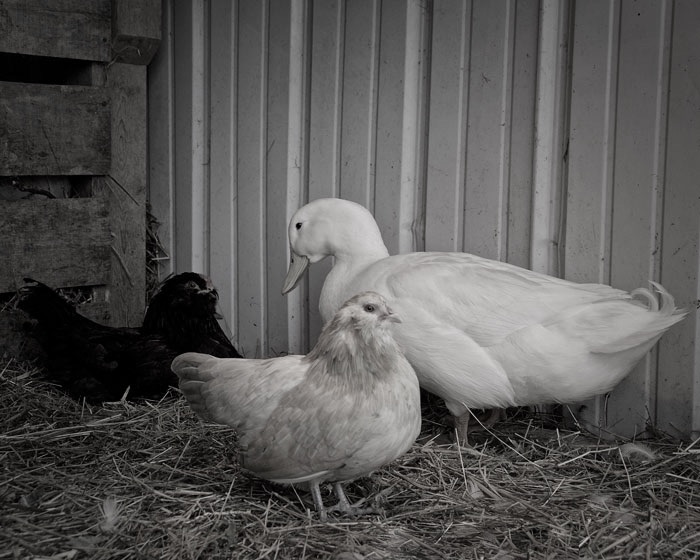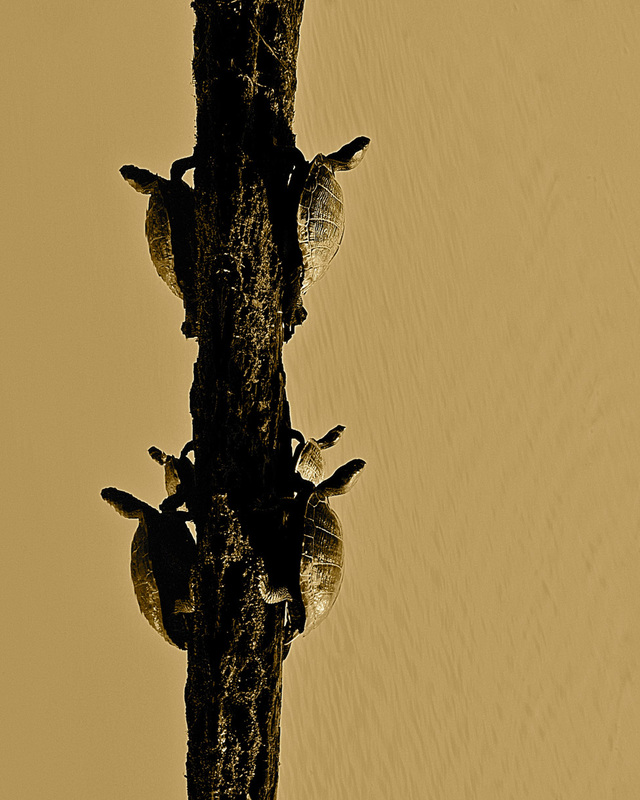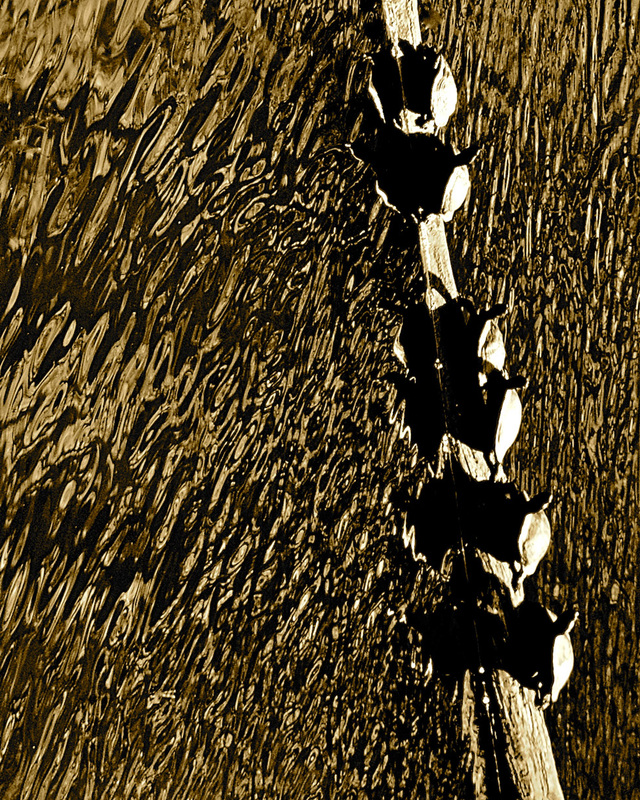|
When the two dark shapes in this painting appeared, I was reminded of the parable of the two monks. It’s a story about how we hold on to negative thoughts when we really should let them go. The story is about an older monk and a younger monk walking though a forest. They come to a rushing river and there is a woman standing on the bank crying. She is fearful of crossing the turbulent water. The older monk tells the woman to get on his back and he carries her across the river. This seem like a nice gesture, but the monks had taken vows never to touch women. So, as they continued walking the young monk was confused and angry. He could not believe his elder touched a woman. Finally, the older monk turned around and asked the young monk “What is wrong?" The young monk replied ”I am so angry and disappointed with you! How could you touch that woman?” The older monk said “Yes, I carried her, but I put her down hours ago. Why are you still carrying her?” Yes, it is easy to say the words “just let it go”, but our minds like to chew on problems. I was thrilled to see the two monks appear in my work. They reminded me that I too need to let go of thoughts I have been carrying around for too long now. I created "Bridge to Nowhere" at the same time as the "Two Monks" painting. Both are available and make a wonderful grouping. Their neutral color would allow them to mix with almost any home decor.
0 Comments
There are many suggested ways to hang art. I have created an infographic with the ideas I have found to be most helpful when hanging art. Of course, we all know rules are made to be broken. So, hang your art as it pleases you. Just be sure to hang art it's good for you! :-)
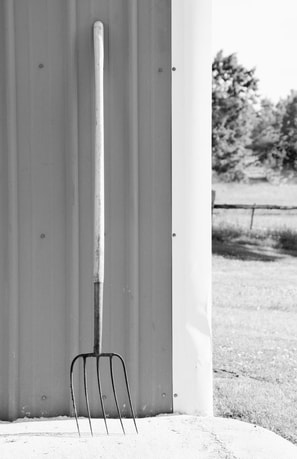 I had the urge to revisit the images from my 2014 exhibit FARM. It's interesting to go back and look at the work with a new set of eyes. The original exhibit was very colorful. I have changed some of the images to black and white, giving the work a whole new feel. I am grateful that the farmers allowed me to photograph their farms. Click here for a listing of the farms that participated in the exhibit. I really learned lots about farming from working on the exhibit for a year and a half. Farming is not for the meek. It's tough stuff. Farmers have to contend with natural elements, which can be difficult enough. But they also have to deal with cold storage that fails and ruins 1000 lbs of broccoli or well pumps that break leaving them waterless on a scorching hot day. Yet they get up early each morning and love their farms. Each farmer I met was fit and happy. They work very hard to produce our food. Of course, I am talking about local small to medium sized organic farmers. I did this exhibit because I wanted to inspire local people to seek out their local organic farmers. To spend that extra bit of time it takes to go to the farmers market. It really is a huge win-win. The farmers get support and the consumer gets fresh local organic produce.
I happened upon a single leaf, amongst many, that caught my eye. Taking time to look at such ordinary objects, I am always amazed to find rich evidence of life. In this simple leaf I saw the universe.
I photographed the leaf leaving the tiny insect eggs that were gently resting in their natural bed unharmed. I then applied my process to the photograph. As a painter and photographer I have developed a process where I combine both of my mediums. I layer my photographs onto images of my abstract oil and coldwax paintings. I then print those images with pigment inks onto fine Japanese paper. After mounting them onto a panel, I finish the piece with an encaustic wax process. Ironically, this complex layering process produces simple luminous images with a sense of revealing depth. Many people ask how I create my merged images artwork. I call the process photosynthesis for lack of a better term. I am fascinated by nature, technology, and the energy that flows through me to create paintings. It's an involved process, but I enjoy the collaboration with technology and nature.It is always good to get the root of the cause of a problem. Unfortunately, it never seems to be an easy task. In nature roots are mostly unseen, yet totally necessary to a healthy survival. I created this series to remind us of the power of getting to the root of a problem. As a side note, there is a Native American legend that suggests all crows were white in color at one time until a disastrous fire happened then they became black in color. 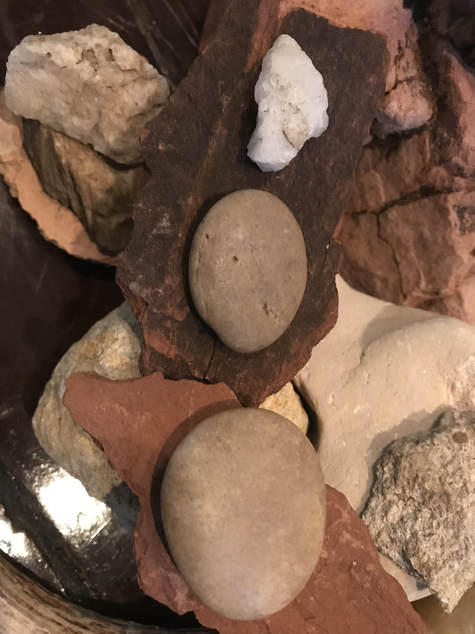 The crows in the image are my friends. Occasionally you will see them in my artwork. I have a family of seven crows that hang out in my yard. Of course I give them treats, and they treat me by leaving smooth stones in the birdbath. If you did not know, most crows stay together in their family groups. The vibrant red-orange painting below speaks to the root and sacral chakras. Yogis believe we have a chakra system in our bodies. The chakras are seven wheels of energy. The first chakra is the root chakra- when it's in balance you feel grounded and safe. The second chakra is the sacral chakra. It's functions include creativity and sexuality. This painting has a fiery, fearless, and grounding quality. People see many different forms in my abstract paintings. I am always amazed what can come up visually for different people. Although, in the red-orange piece there are many who see a dancing woman with her arms in the air and a person kneeling in front of her playing a musical instrument, with a heart shaped form between them. How do I get to the root of a problem? I find that meditation can be helpful, just sitting quietly can help me uncover or discover insights. Also, journaling has been very helpful. A simple piece of paper and pencil have helped me gain insights. I find when I write it helps me to see the bigger picture. When I write I just write, I don't worry about spelling, grammar...etc.... If you have found an effective way to excavate roots please share in the comments below. Prints of works in this series along with cloud dog (with or without the chakra illustration) are available in different sizes. Please contact me if you are interested as I have not opened my online shop yet.
A Behind the Scenes Visit With Beekeeper Alice Hinman I have always been amazed by bees, and I can honestly say that Alice Hinman conjures up that same feeling of amazement. She is so dedicated to her work and her work is not easy. Alice is the founder of the non-profit organization, Apiopolis an urban bee sanctuary. In addition to community outreach and education, she lovingly takes care of 80 hives around the area. I am grateful to have had the opportunity to get to know Alice and her bees. 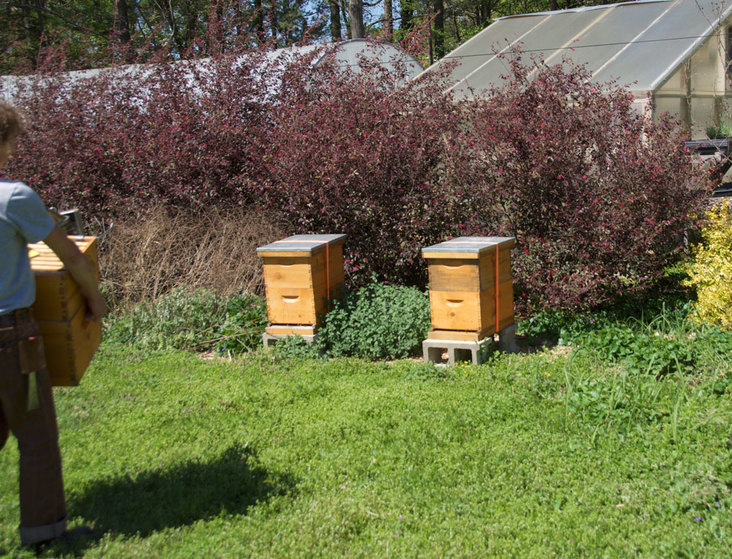 I recently met Alice at one of her pollinator locations. There are two hives at the Well Fed Community Garden in Raleigh. The Well Fed Garden is another uplifting organization, click here to check out their Facebook page. 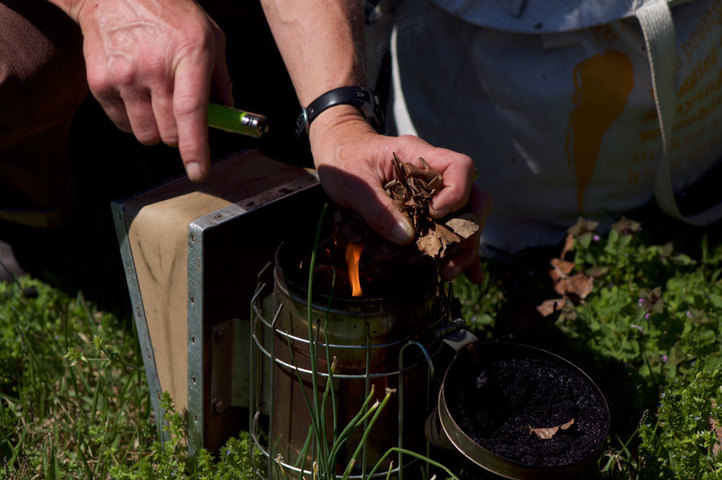 Alice gets the smoker ready with dried leaves. She uses the smoke to calm the bees. She does not use much, just enough to gently throw off the bees pheromones. 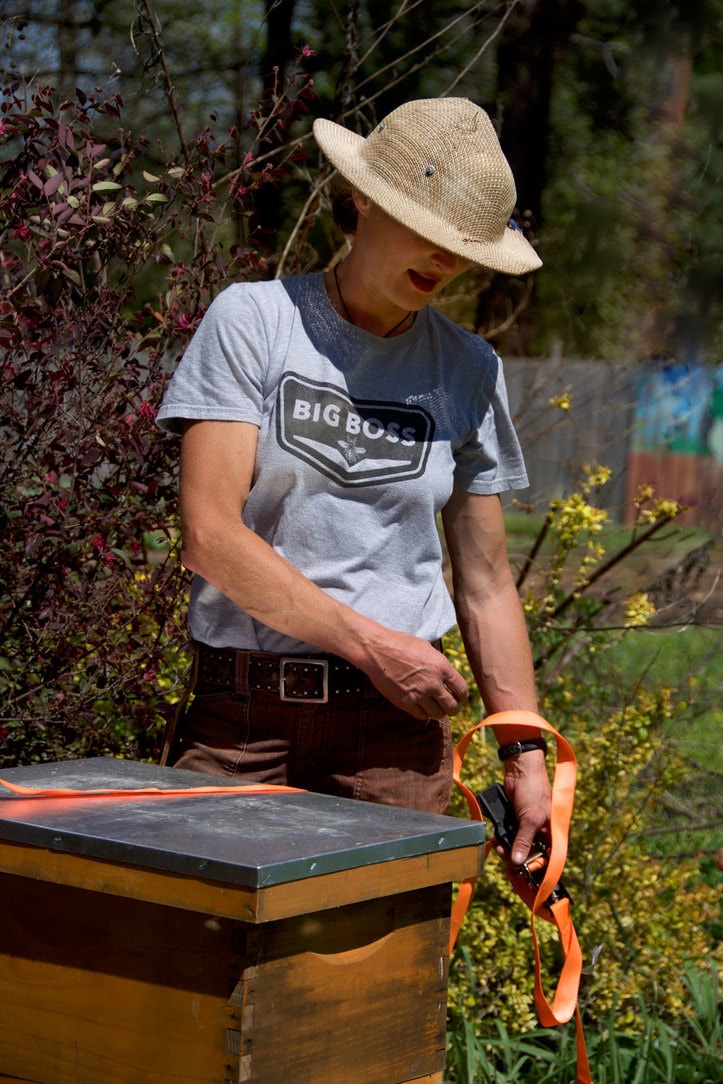 Alice is taking off the security strap. I asked her why the hives are strapped. "The straps are to deter animals of the human kind and because I manage hives at so many locations if there's a storm like Matthew, I'm one step ahead. I also weight them with cinder blocks. The bees also propolize everything and I break that seal when I open the cover. By strapping and weighting, it helps reseal." 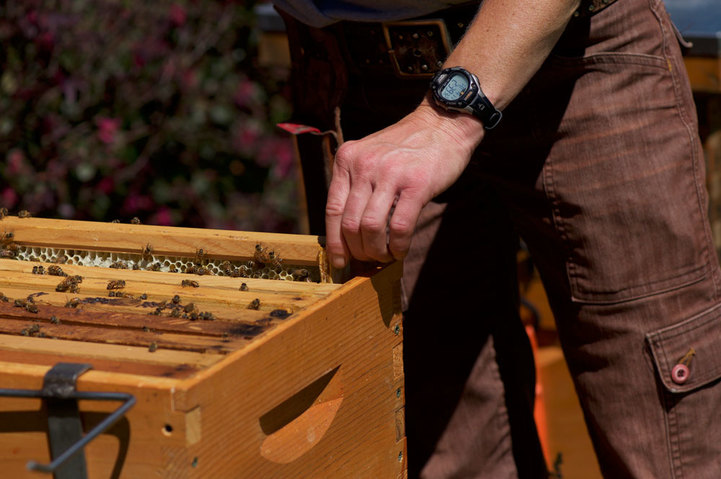 Alice then starts to remove the frames carefully, checking each one. This image sort of reminds me of files in a filing cabinet. The bee files. 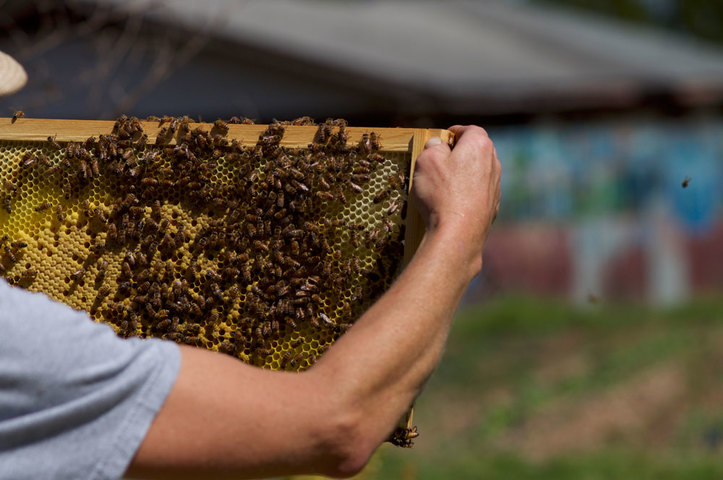 Inspector Alice! 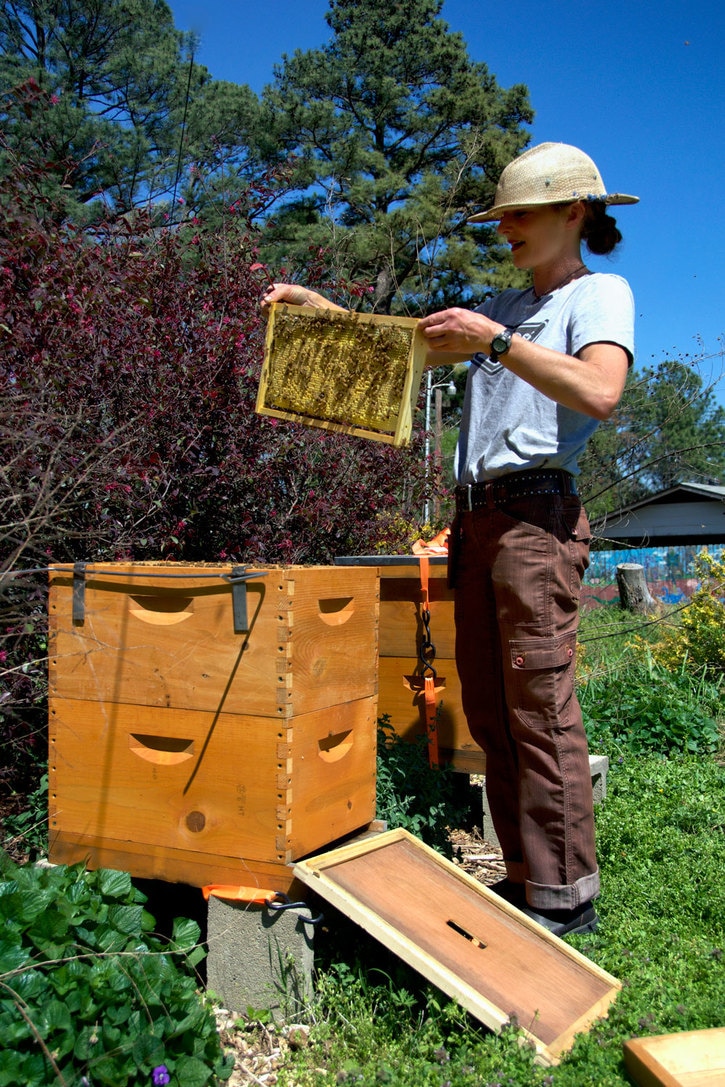 The beekeeper is pleased with how things look today. However, Alice asserts "Bees are in a crisis right now. We need to bring them back to health and wellbeing but more than that, we need to help them be vibrant and thrive. They are remarkable creatures. Everything they do is for the good of the hive." 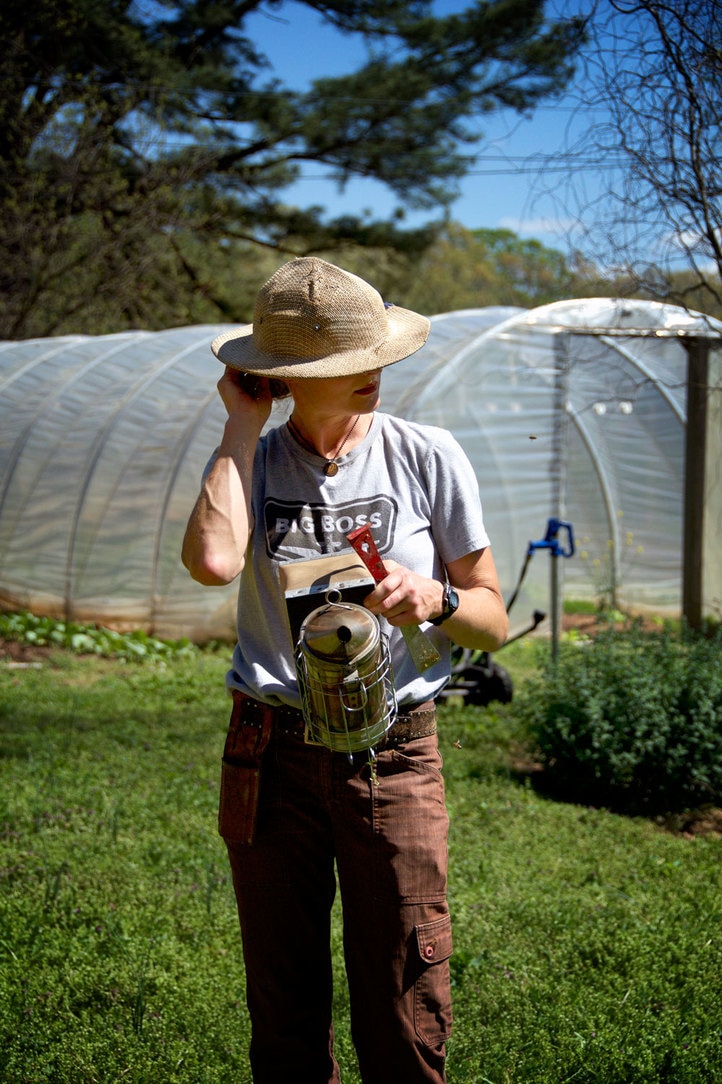 Alice looks so poised and model-like in this photograph. What she is really doing is calmly getting a bee out of her hair. 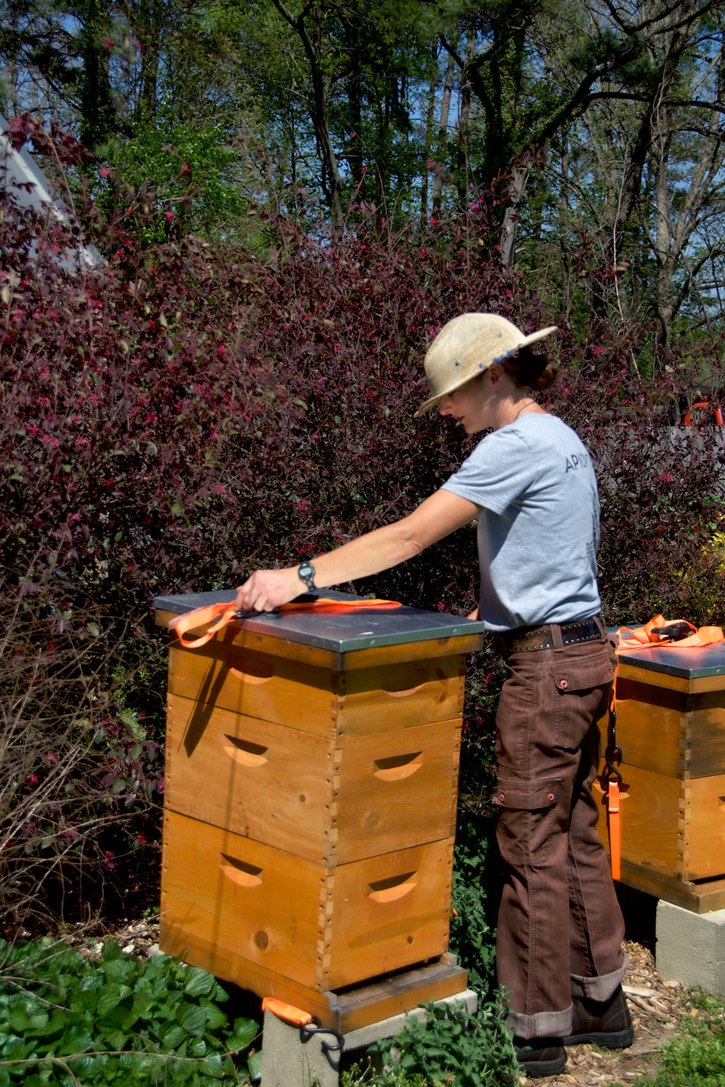 All is good today. It is time to button it up and move on to another site. Take aways from my visit -bees are designers, creators and sustainers. They are energetic beings able to sense our innermost feelings and respond to that sense accordingly. They are in this world on a journey just like us. They do their very best to fulfill their purpose. Alice will be giving a talk about natural beekeeping at the Village Art Circle Gallery on May 21, 2017 Click here for details. Click here to find out more about Alice and how you can support her efforts. 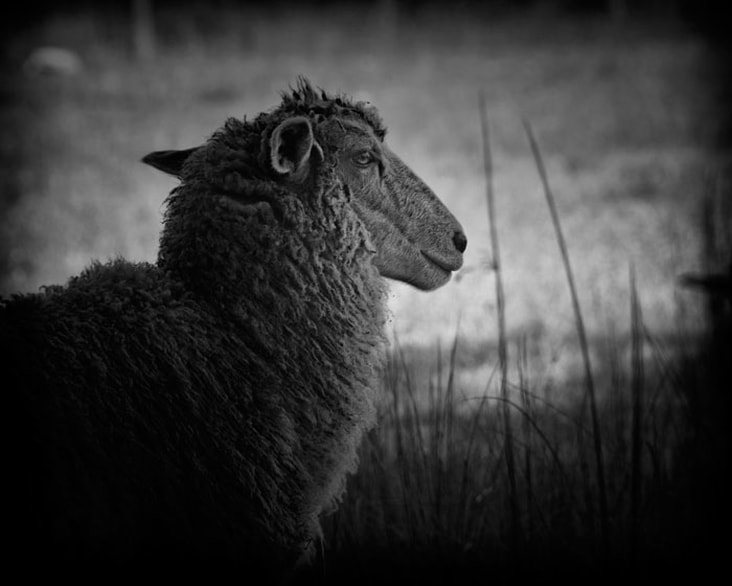 We don’t know for sure where the concept of counting sheep to induce sleeping comes from. However, for some reason we all seem to have heard about this technique. In fact, there have been studies done at Oxford University that suggest counting sheep does not promote quicker sleep. “Counting Sheep” is a collection of sheep photographs that were taken at the Piedmont Farm Animal Refuge in Pittsboro, North Carolina. I am always grateful to have the opportunity to visit with the refuge residents. I am an avid supporter of the Refuge. They provide shelter to farm animals in need, and educate the community of the perils of factory farming. There are a variety of farm animals at the shelter, each having it’s own sad story. You can read more about the animals, and the Refuge at it's website. http://piedmontrefuge.org After spending time with each of the different groups of animals I can report with certainty the following observations. Goats are party animals, curious, happy, and fun loving. I can “hear” them say “hey lady look at me take my picture” Similar to the goats, chickens are social, and like affection. Turkeys are ethereal. When they move they almost appear to float. Turkeys have a very grounding presence. Sheep are stoic and are also very grounded. They appear to be great contemplators. One common thread is that all the animals love and feel. There are several mothers with their babies at the shelter. Their stories are so touching. In every case the mother put her life in harms way and suffered to protect her baby/babies. Then, there is Xavier the duck, who has taken on caring for two special needs chickens, Butterscotch and Lauren. I have included a photograph of this trio. I hope you enjoy the photographs. The photograph of “Bo” sheep is a special limited edition and is available here http://piedmontrefuge.org/become-sanctuary-sustainer Counting sheep may not necessarily help you go to sleep faster. But, counting the sheep at the Piedmont Animal Refuge sure gives my heart a good feeling. Knowing that there is a place filled with such love and compassion for all beings makes me rest a bit easier. Turtles and Your MindA tip from the turtle - slow down - take a few deep breaths and reconnect with yourself. That's all it takes. While you're at it, watch out for turtles on the road. I have carefully assisted many across the road, and rescued many that were hit by cars. I am truly grateful for the NCSU Turtle Rescue Team. A veterinary student-run organization started by Dr. Greg Lewbart Here is a link to a website that outlines how to properly move a turtle in the road. Turtle Rescue Leauge Yes, you should always move it in the direction it was heading. I found an injured or sick turtle. Now what? (excerpt from Indy Article) Wear latex gloves when handling turtles, or wash your hands after handling them without gloves. Keep your hands away from the turtle's mouth, especially if you find a snapping turtle. Click HERE to find out more about Snapping Turtles. Place the turtle in a well-ventilated cardboard box or plastic bin lined with newspaper or cloth. Place a shallow water dish in the box. You can also place fresh fruits or vegetables in the box, but don't try to force-feed the turtle or handle it more than necessary. Move the box to a warm, safe place away from loud noises, activity and pets. Call the turtle team pager at 919-982-5923 and leave a message. Someone will call you back with further instructions. Starting August 1st the team will no longer use the pager - please call this cell phone number 919 -397-9675. Operating hours are 8 AM- 8 PM. After that you can still leave a voice message, but it will not be returned until the next morning, so if you can, keep the animal in a safe, quiet enclosure until the team calls you back. To benefit the NCSU Turtle Team I am including two photographs in my current work at Village Art Circle Gallery. For every framed turtle print sold I will donate $75.00 to the NCSU Turtle Rescue Team. Photographs are 11x14 printed on professional Fuji metallic paper, thin black metal 16x20 frame with an 8 ply acid free white mat, quality UV protected glass. You can purchase them for $179.00 at Village Art Circle Cary, NC. "Turtle Totem" Capturing Reflection "Restoring Force" Capturing Abstract Shapes - Texture Hang them in your home or office let them be a reminder to you to slow down. "Wisely, and slow. They stumble that run fast" - William Shakespeare The turtle has great significance in many cultures. Here is an interesting link to an article that outlines turtle totem wisdom and symbolism - Turtle Spirit Animal |
|
